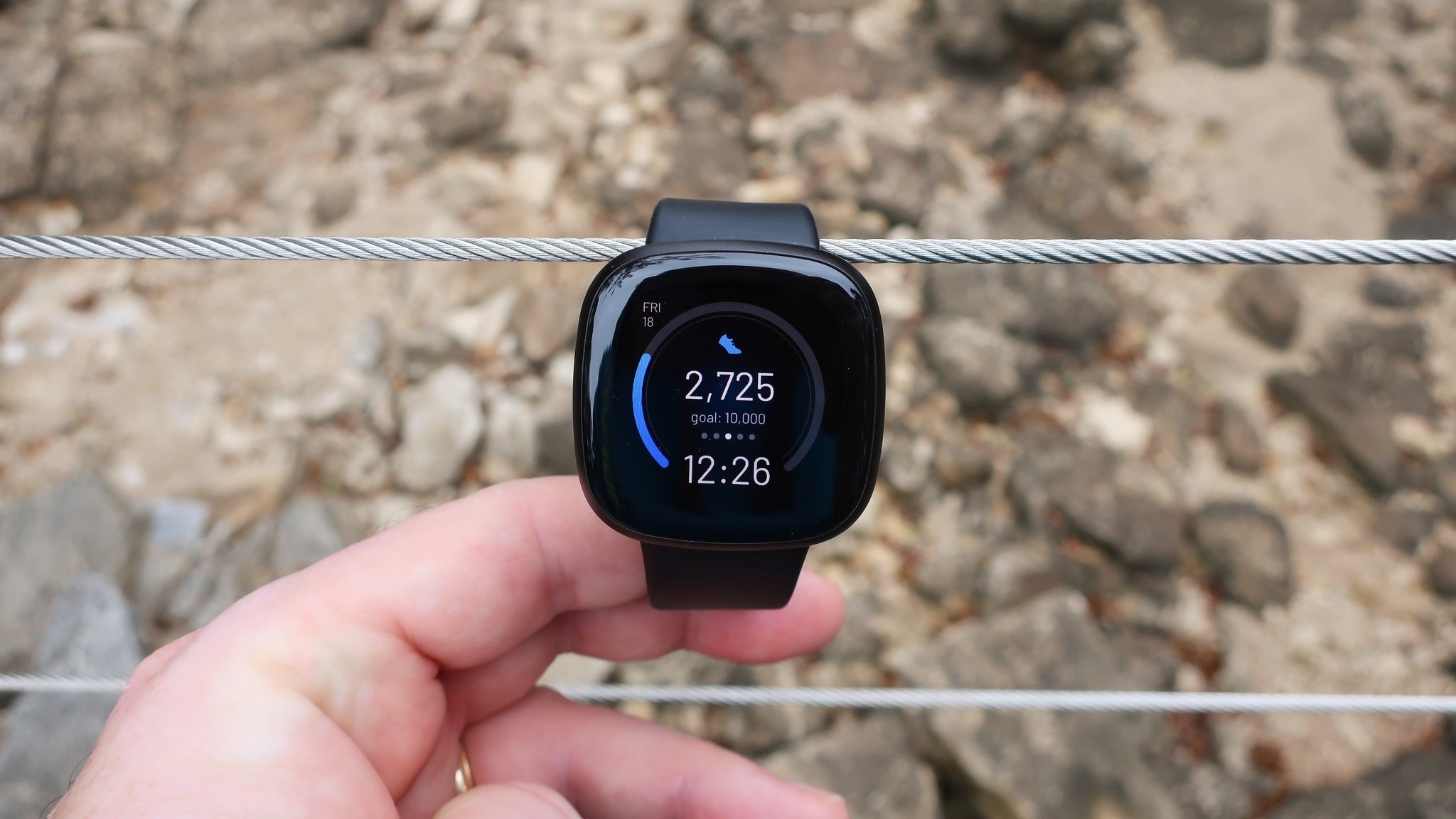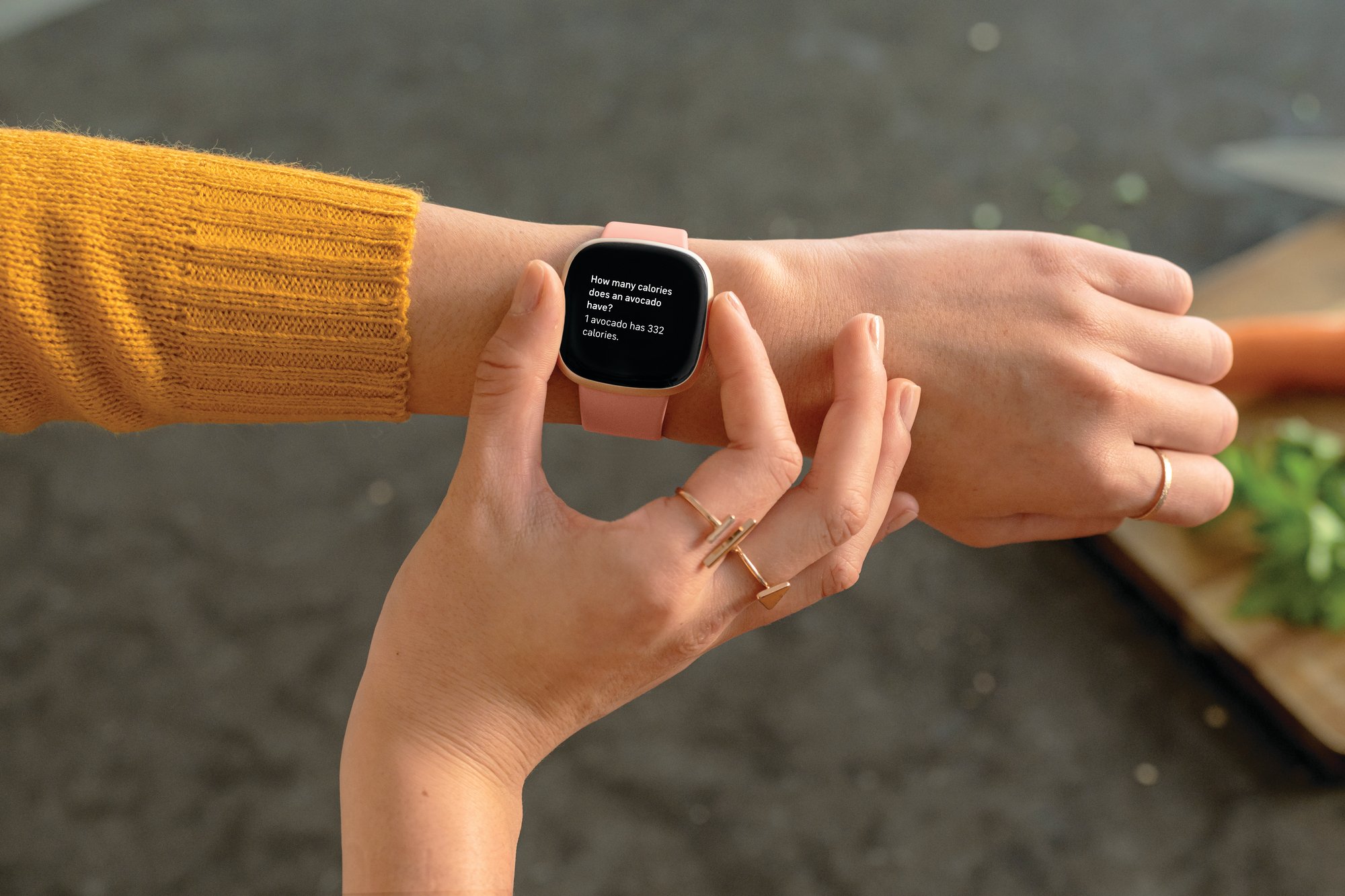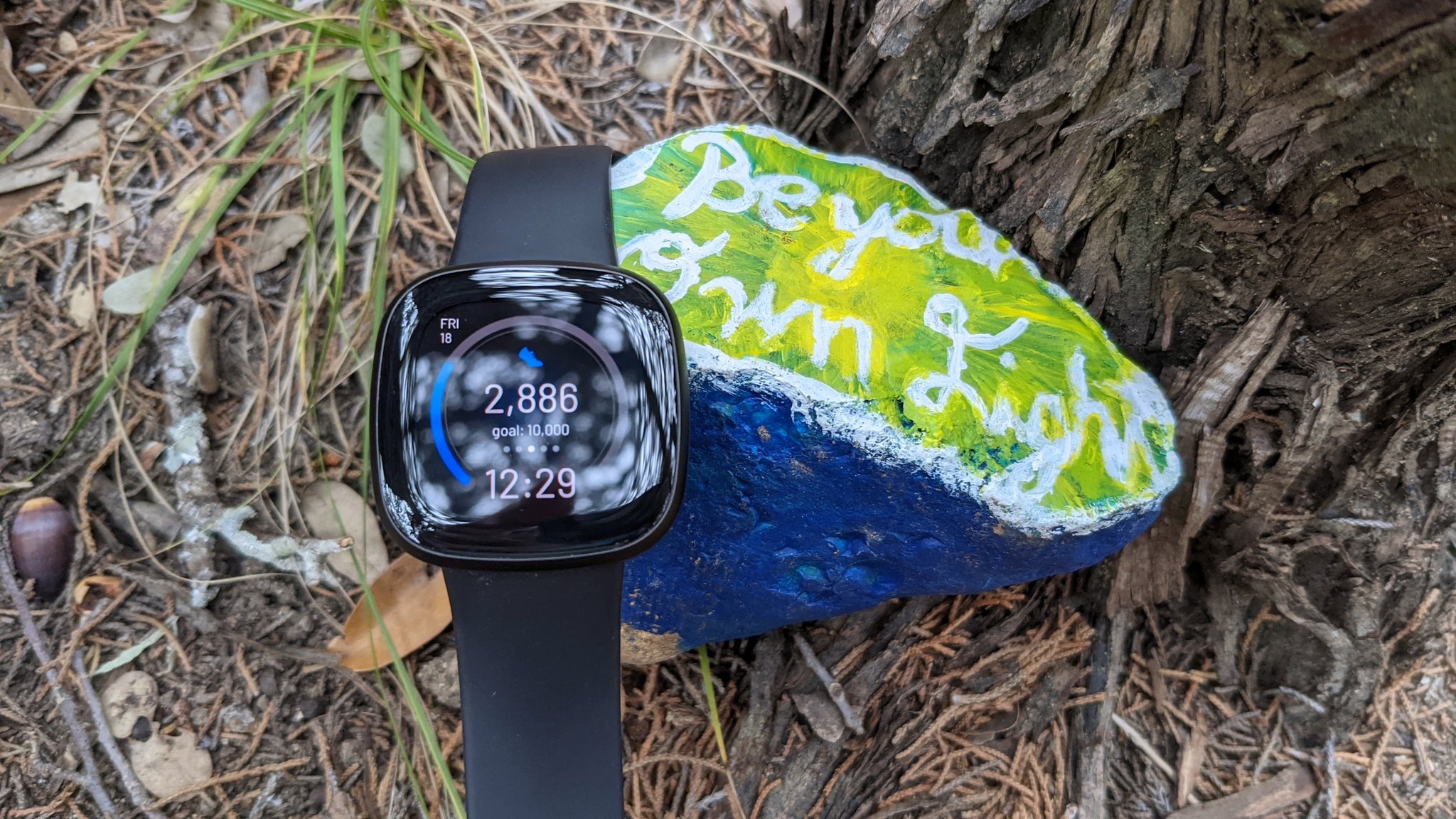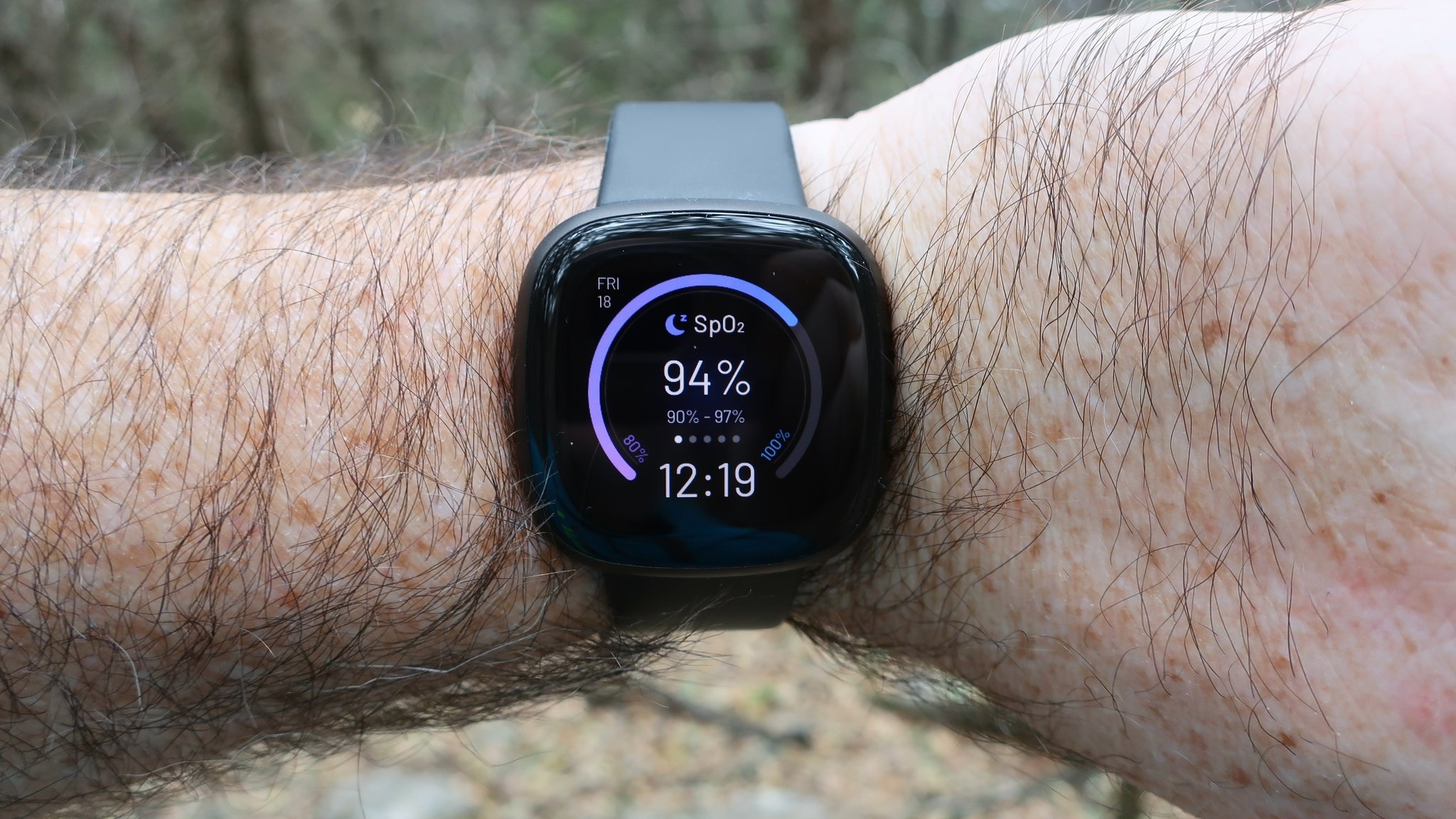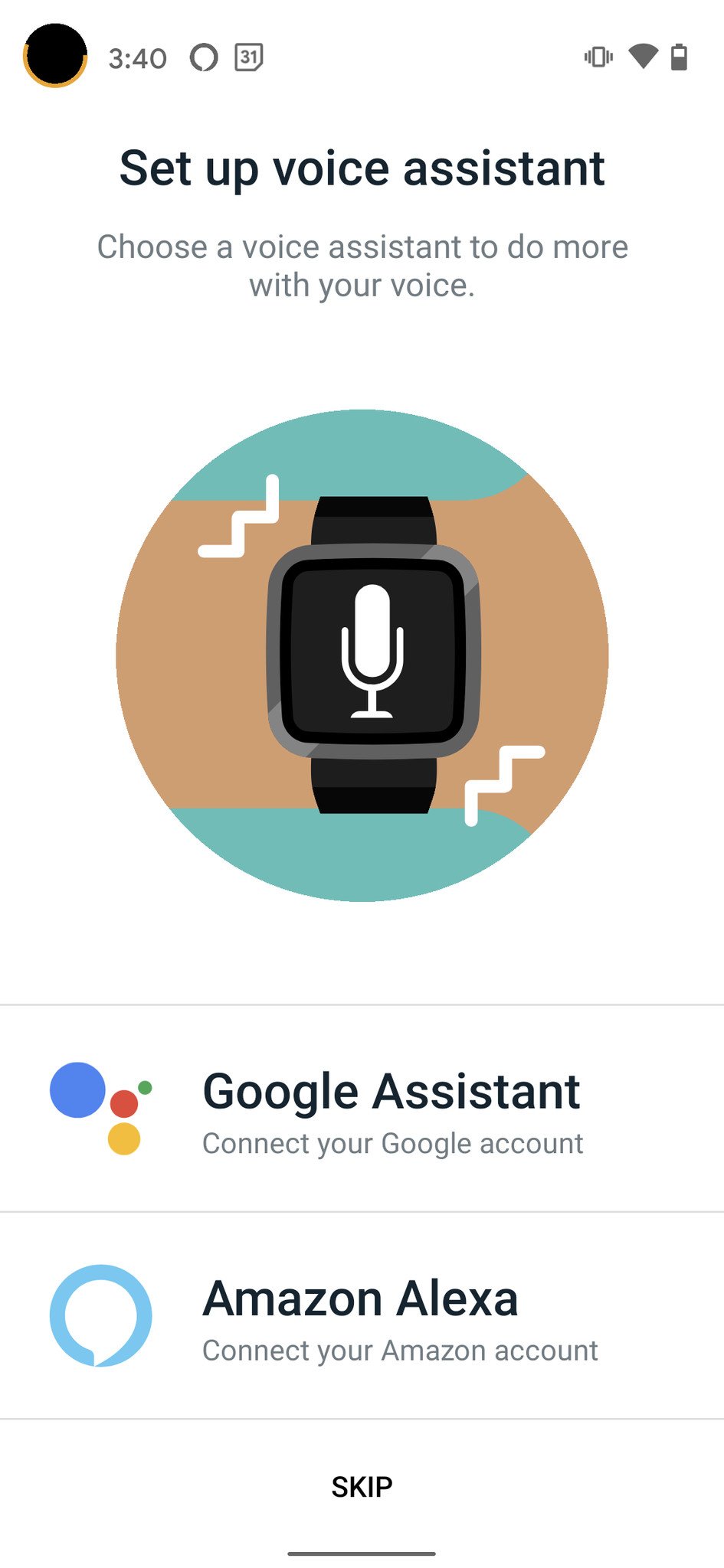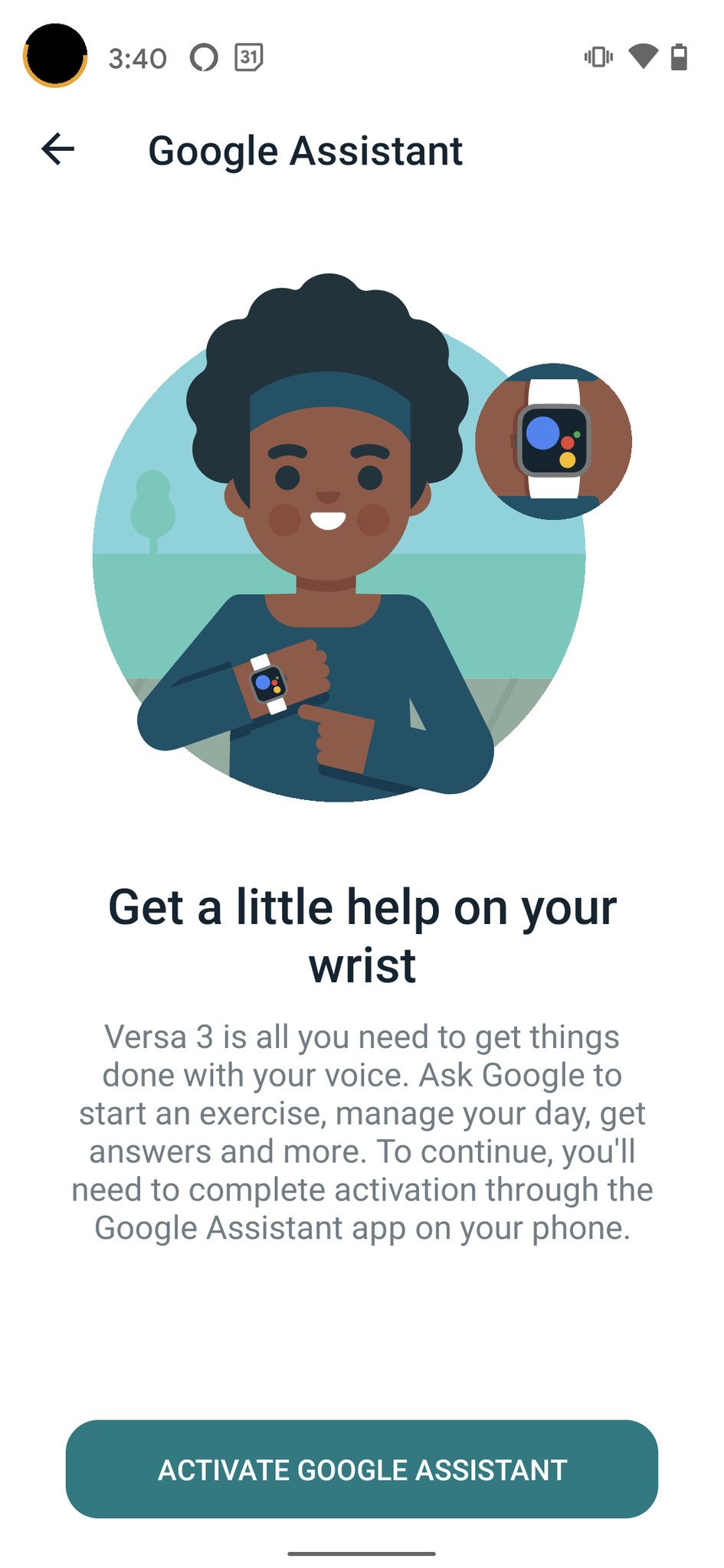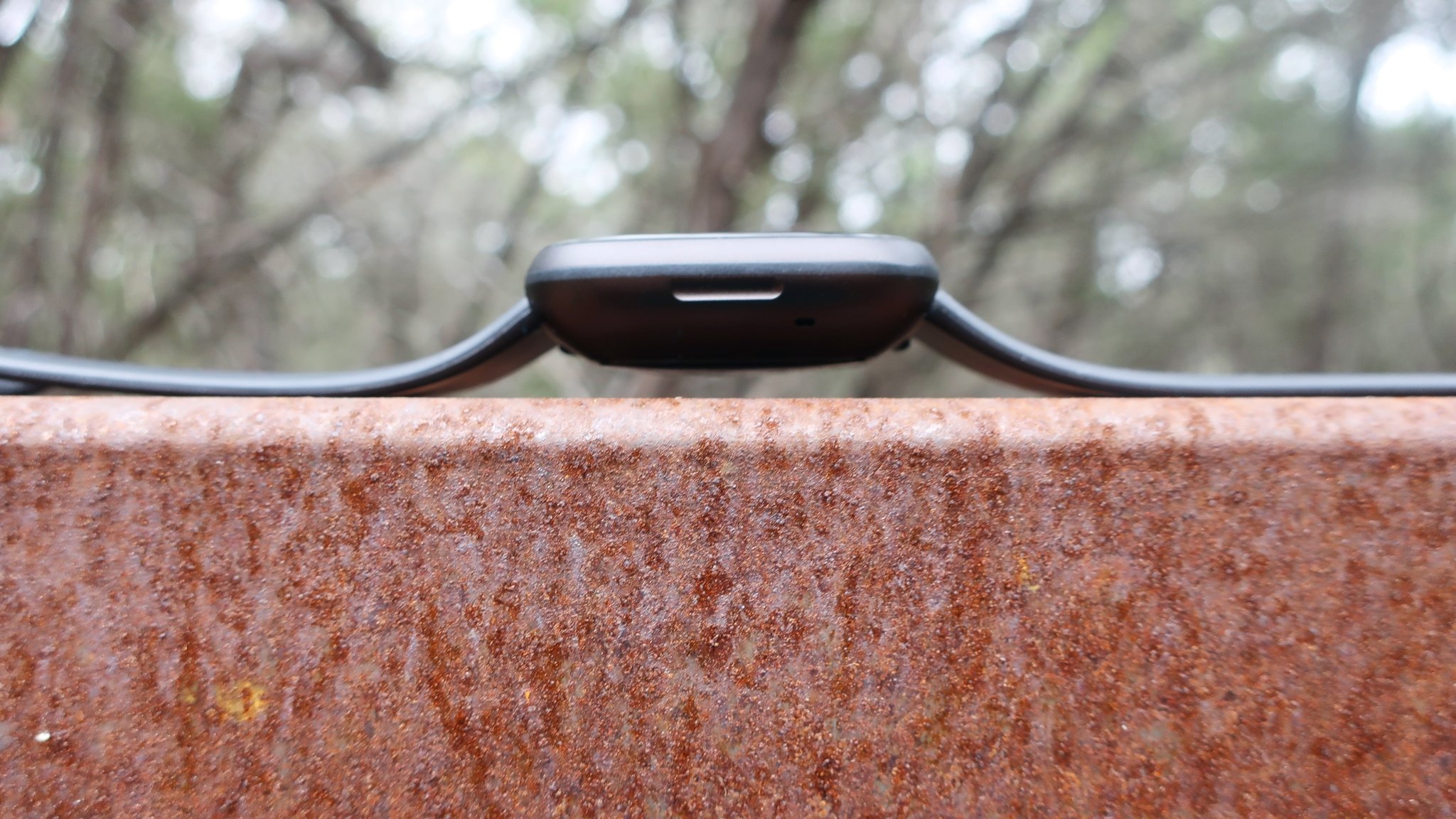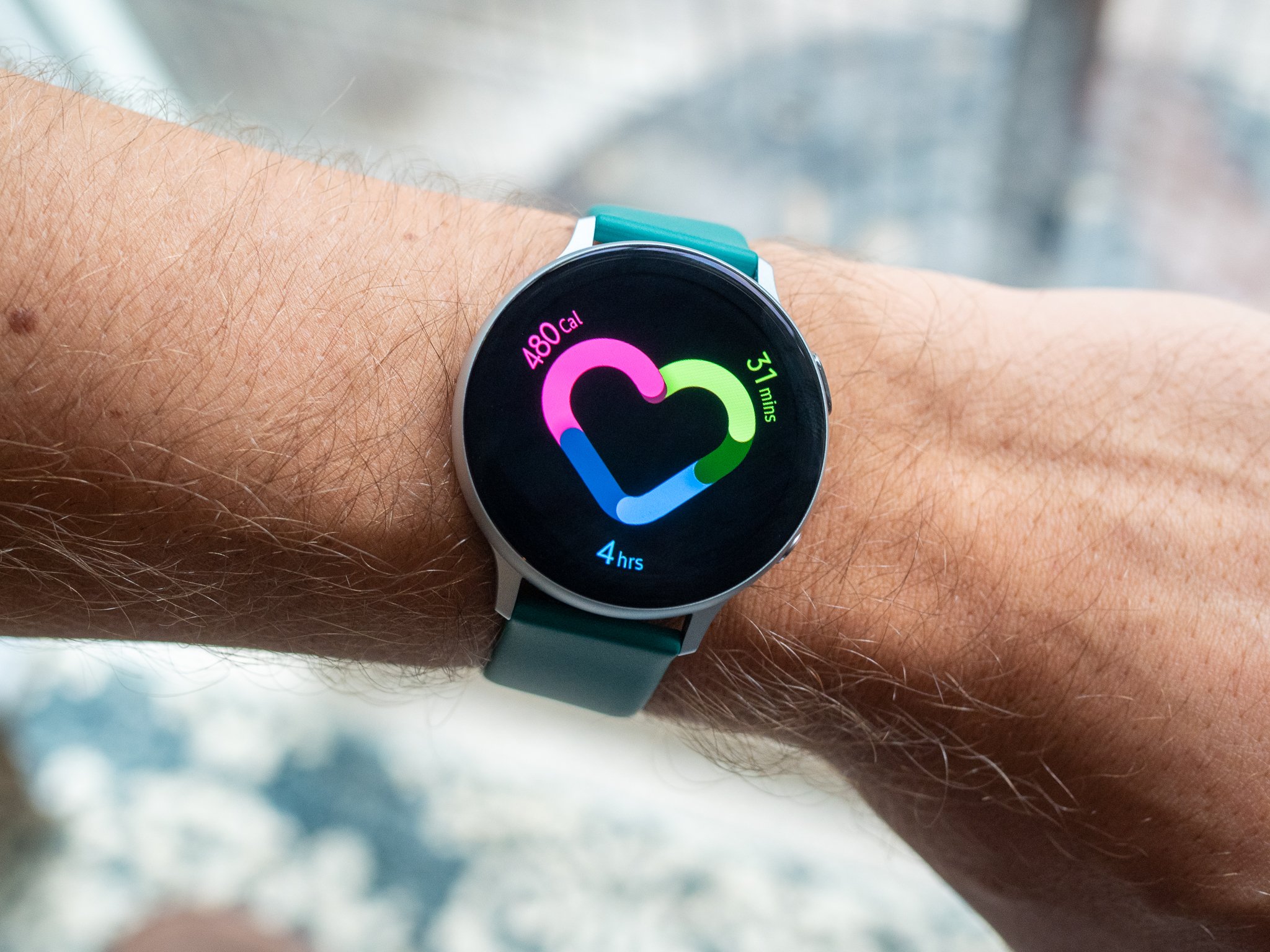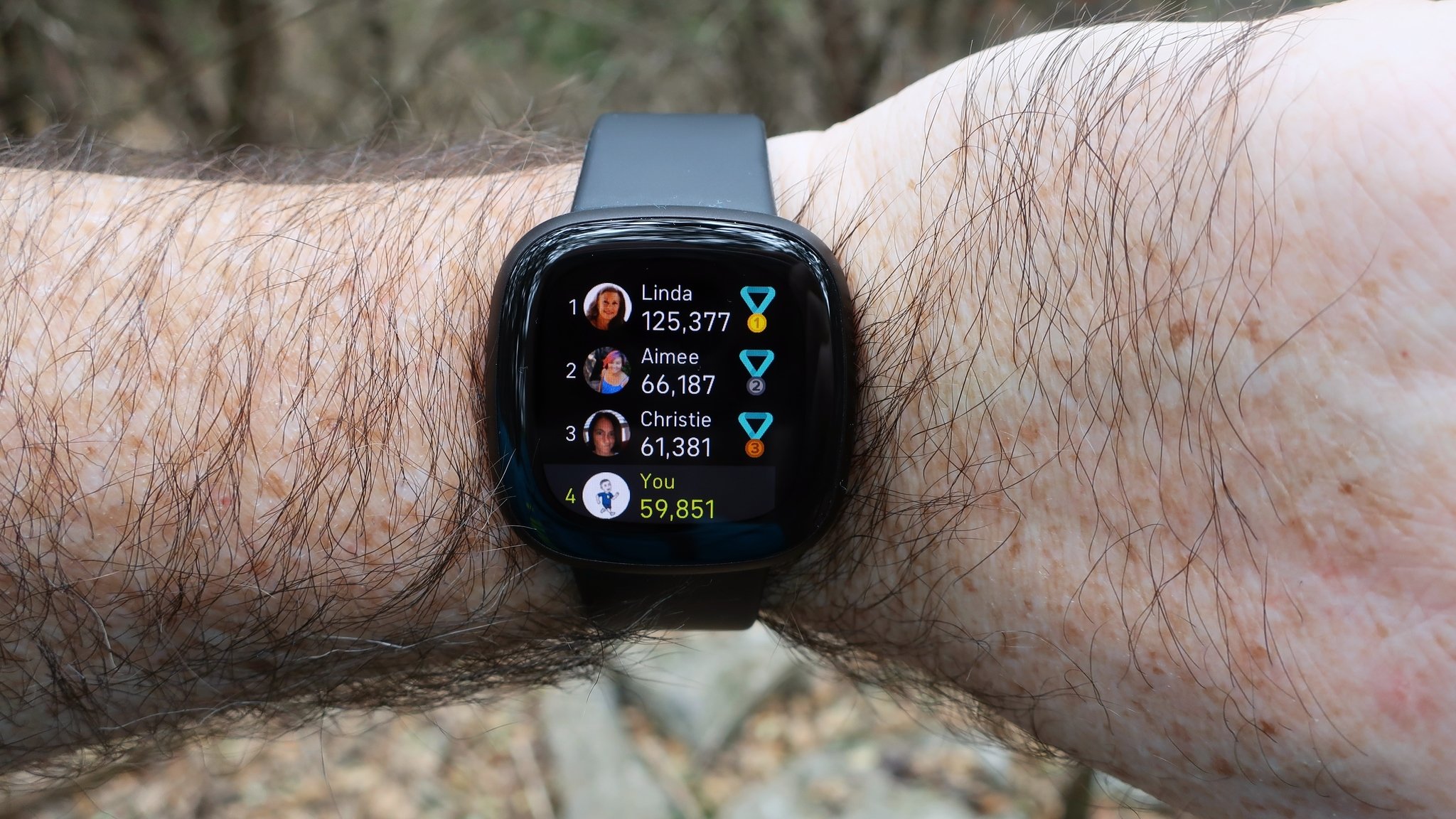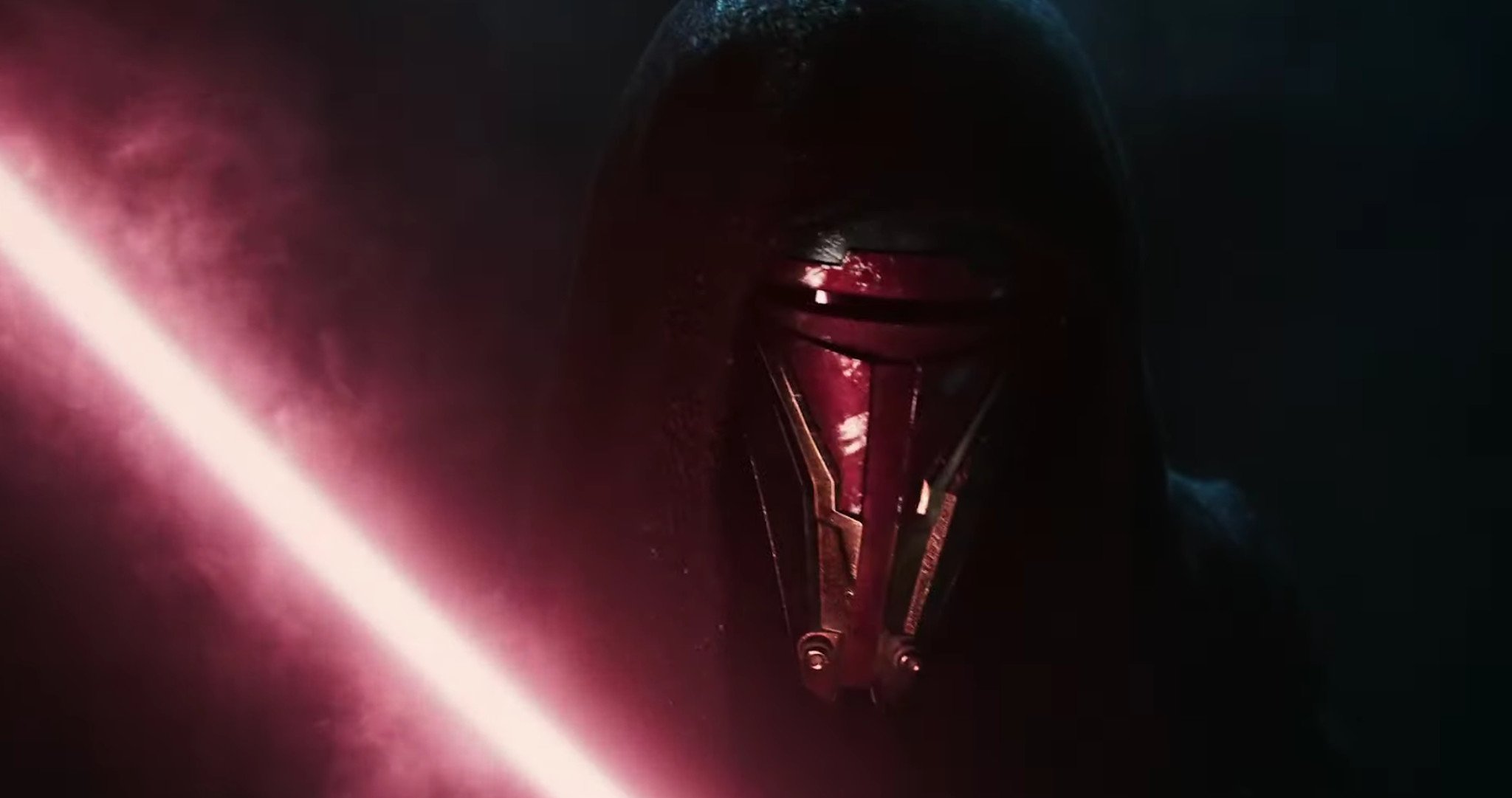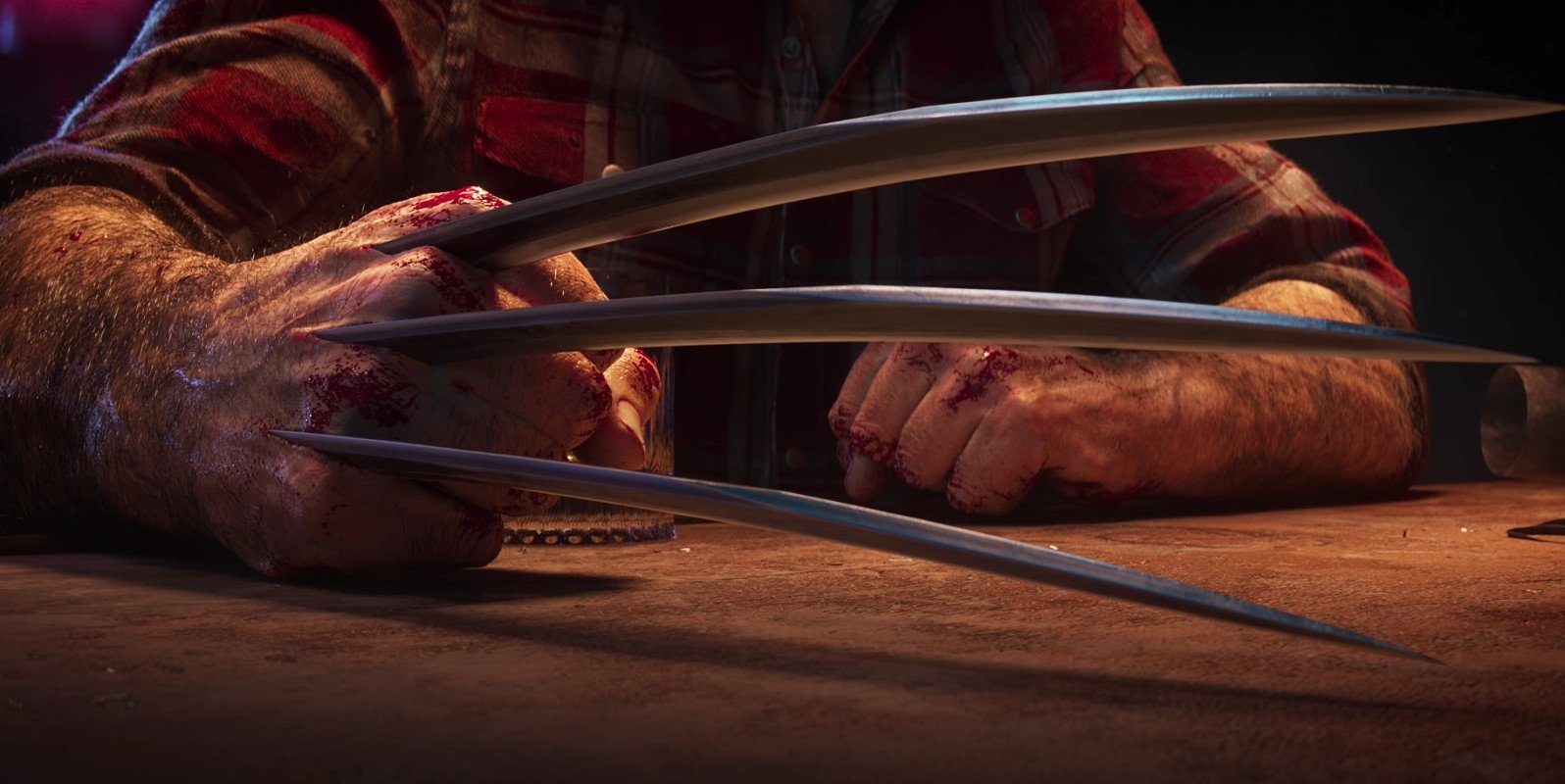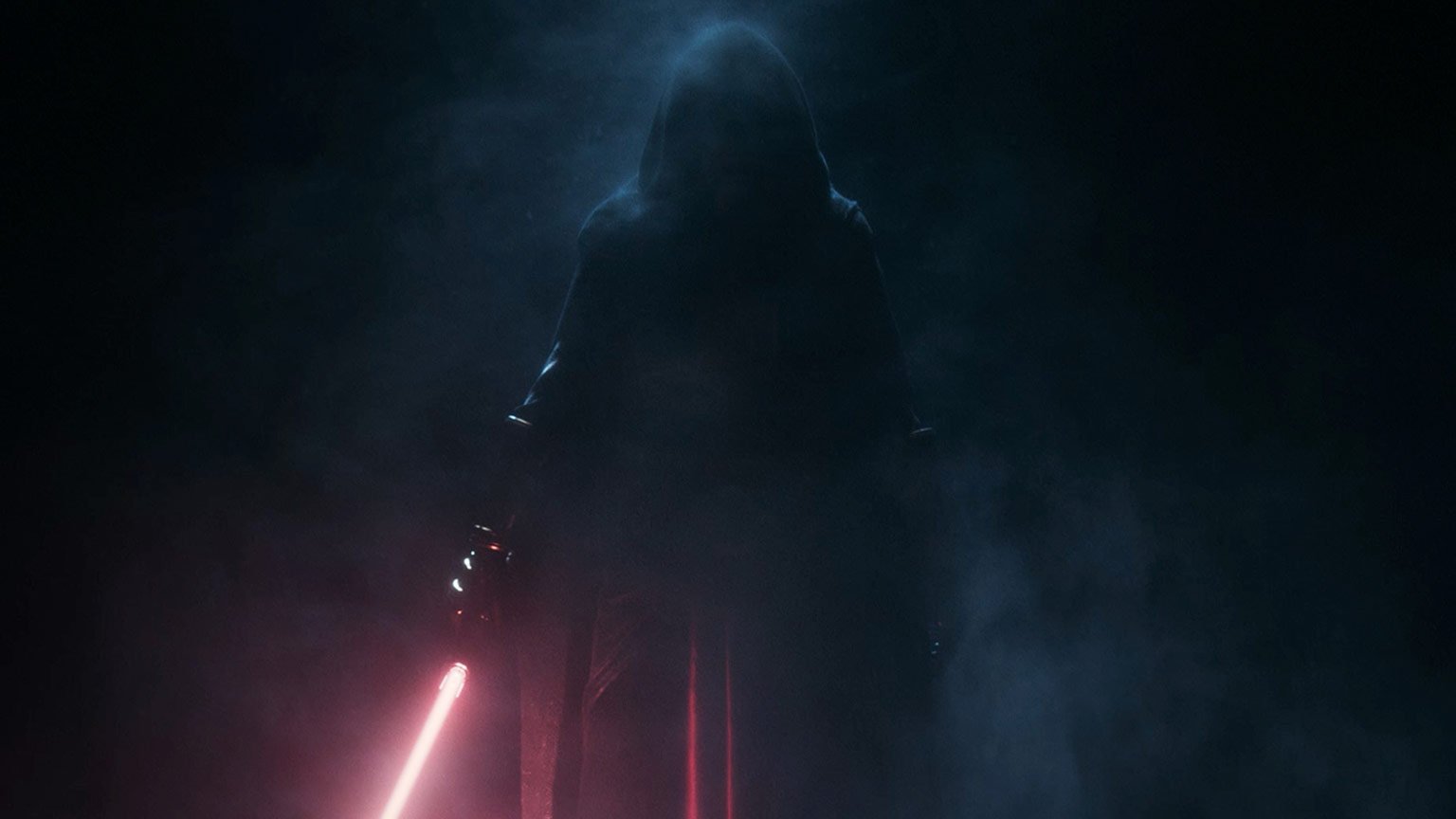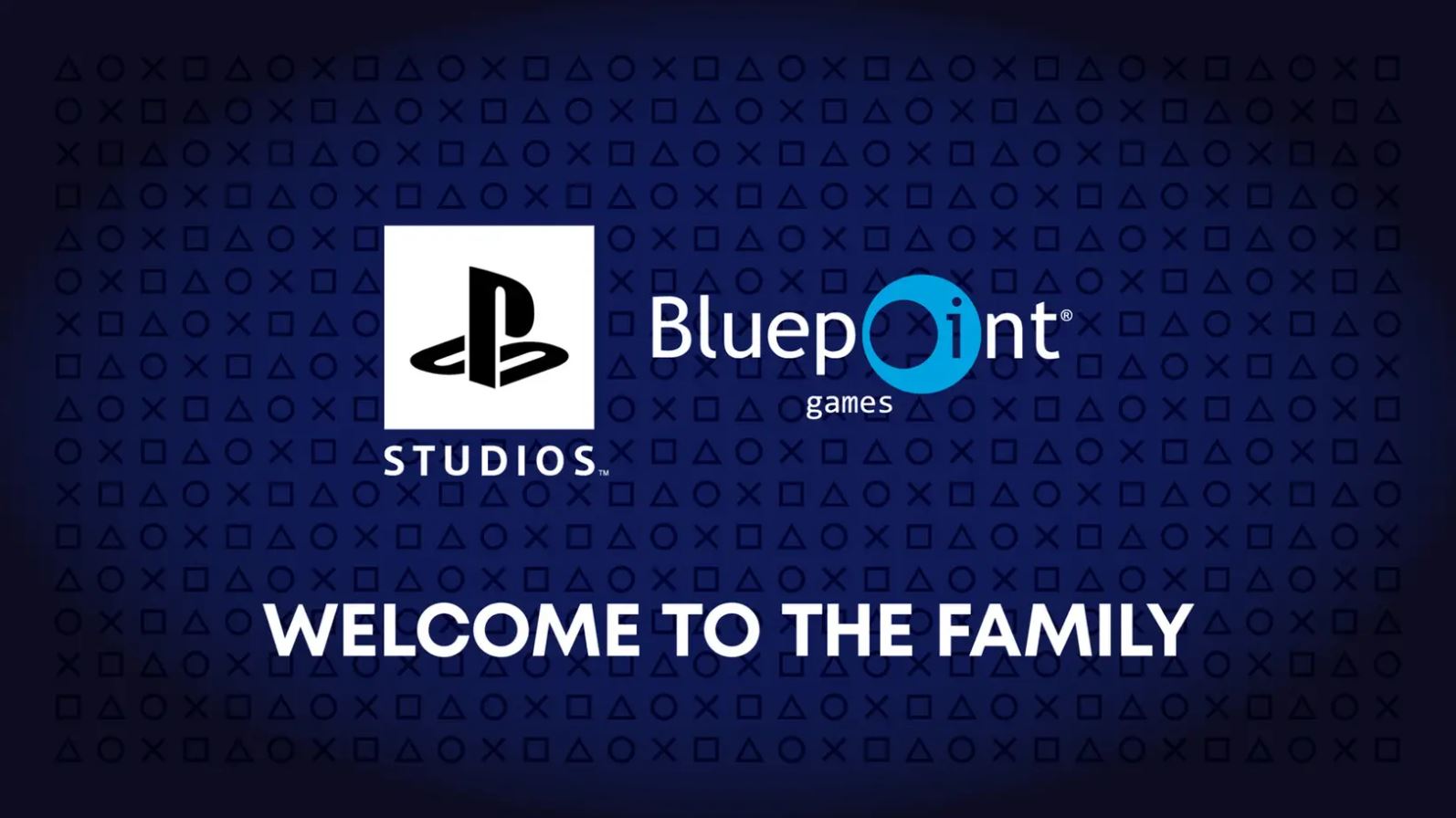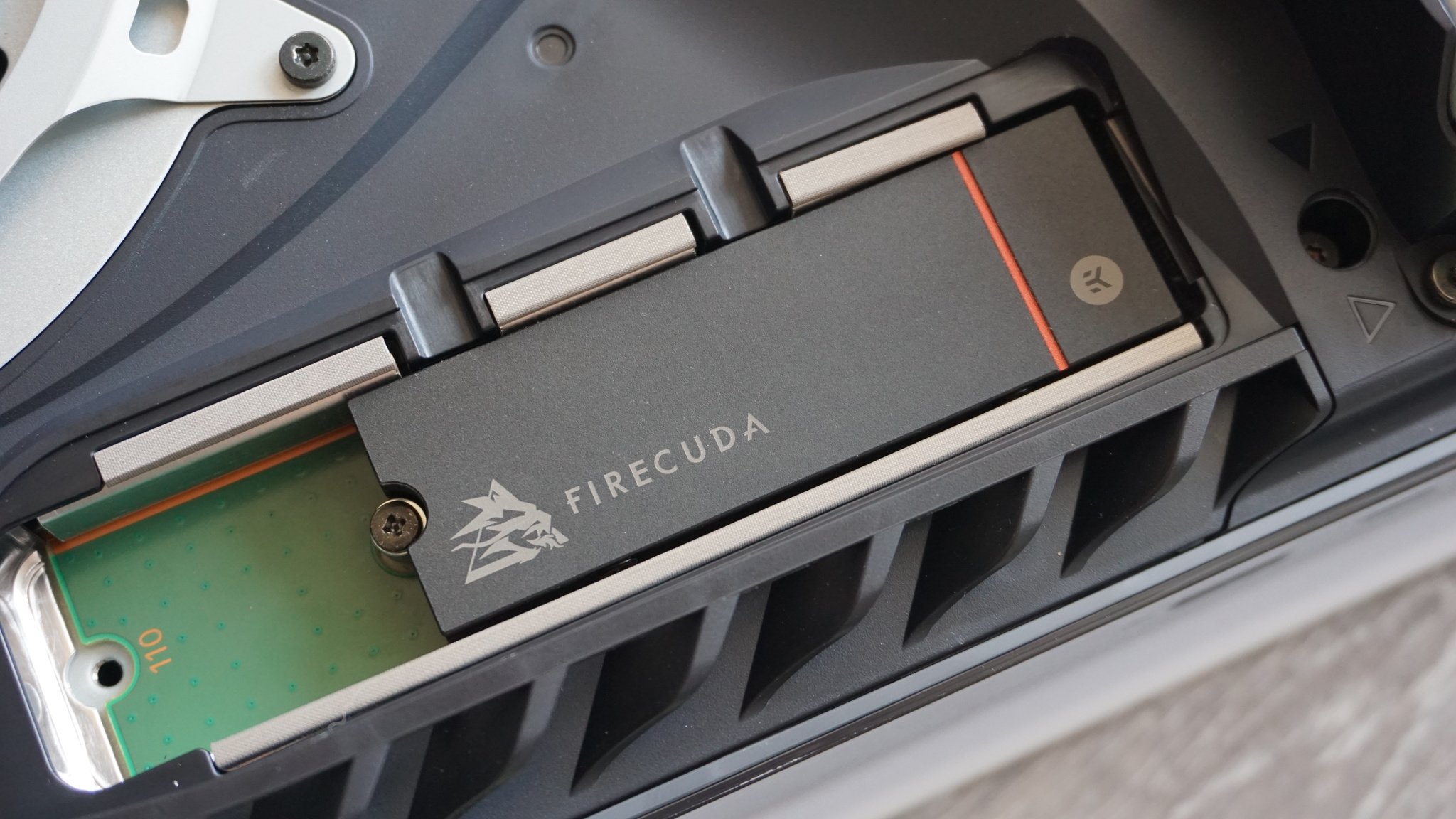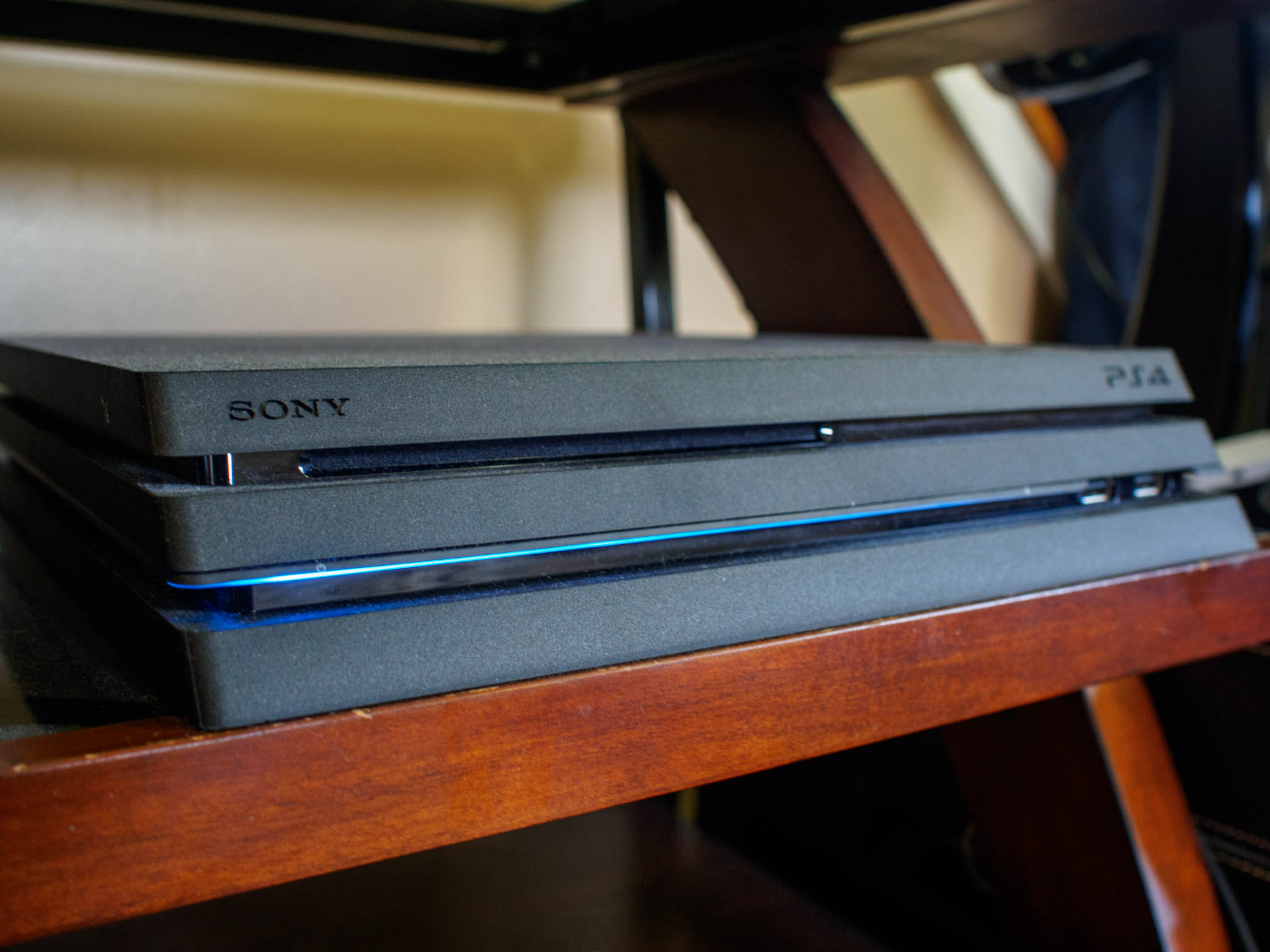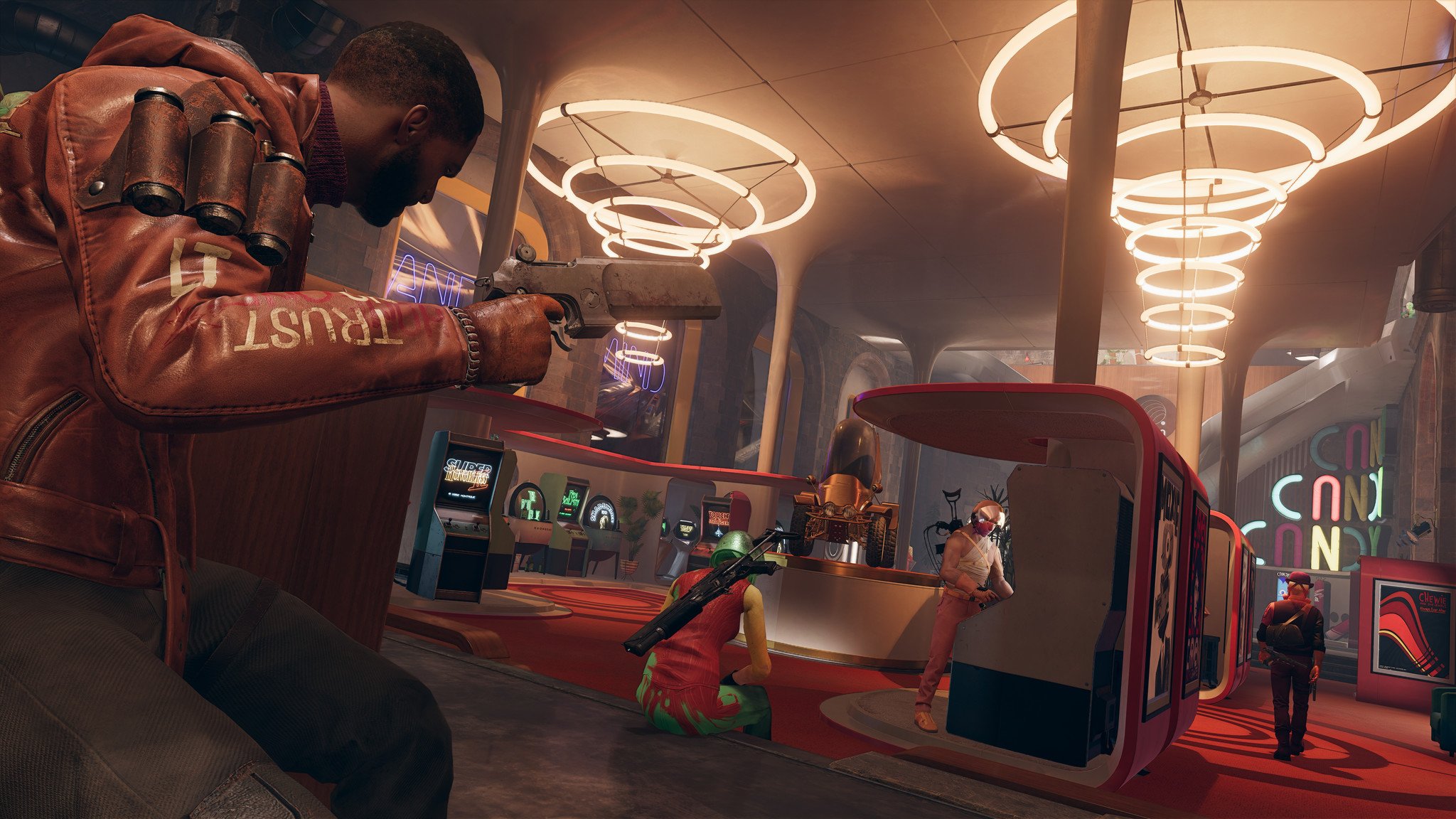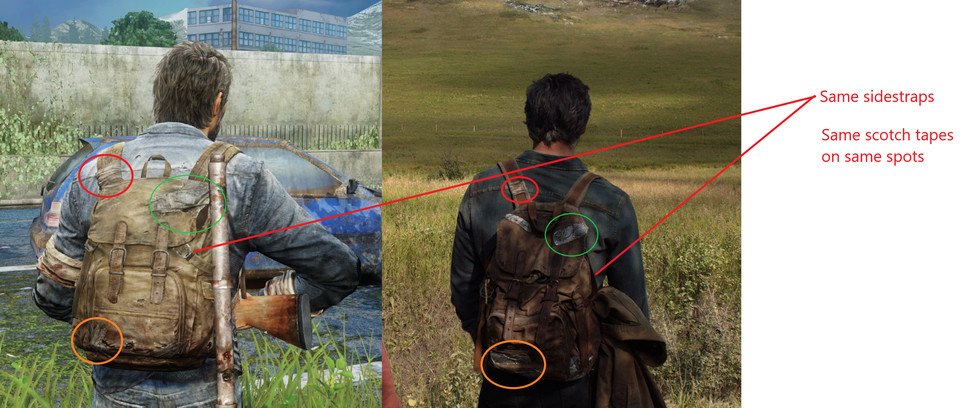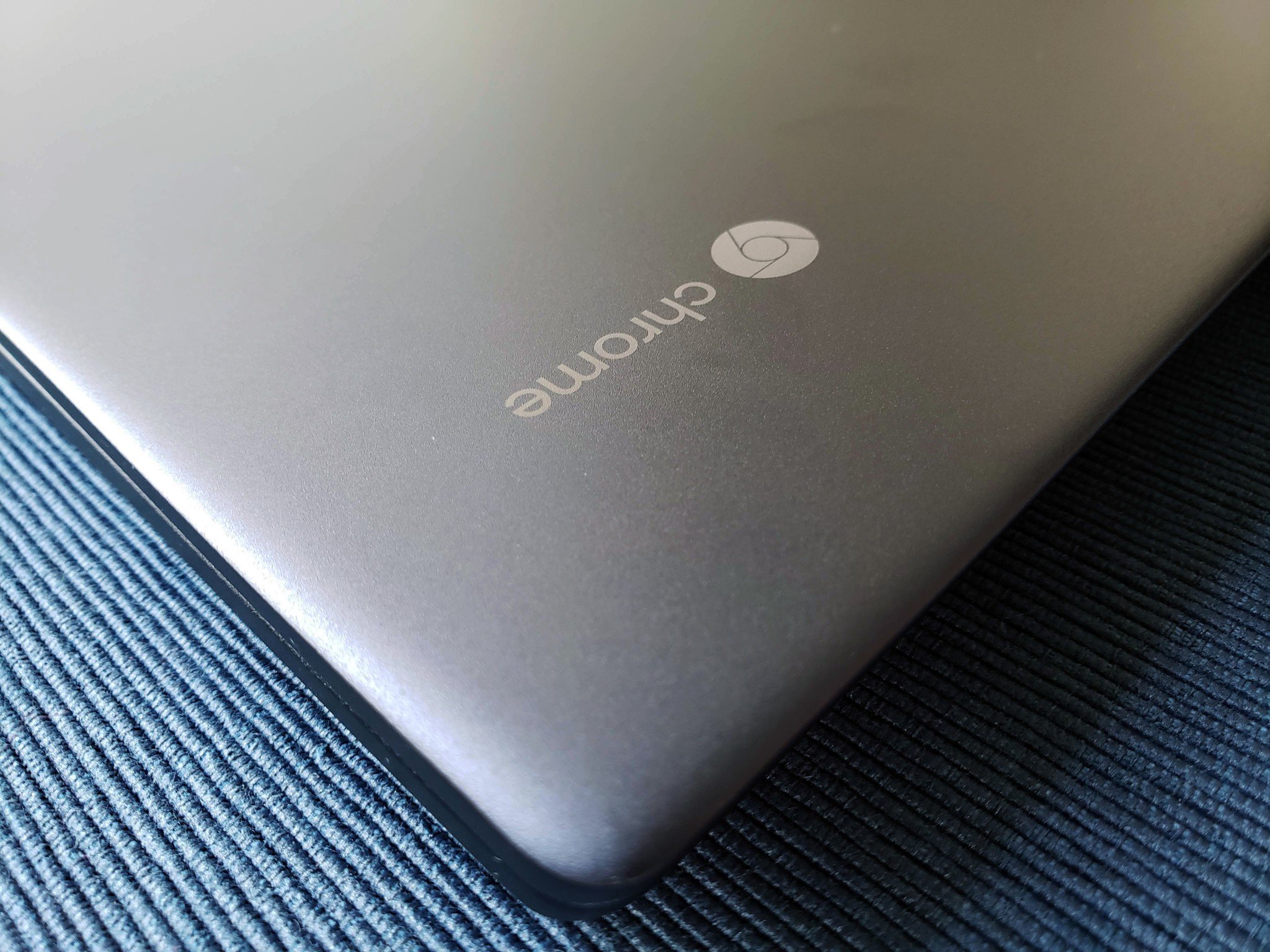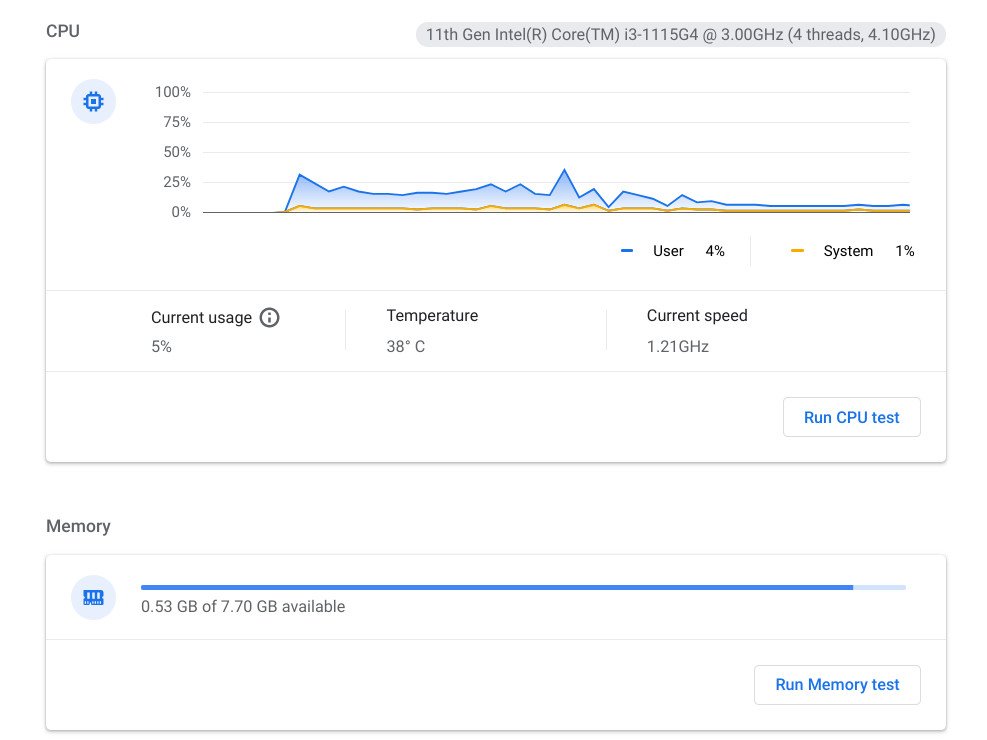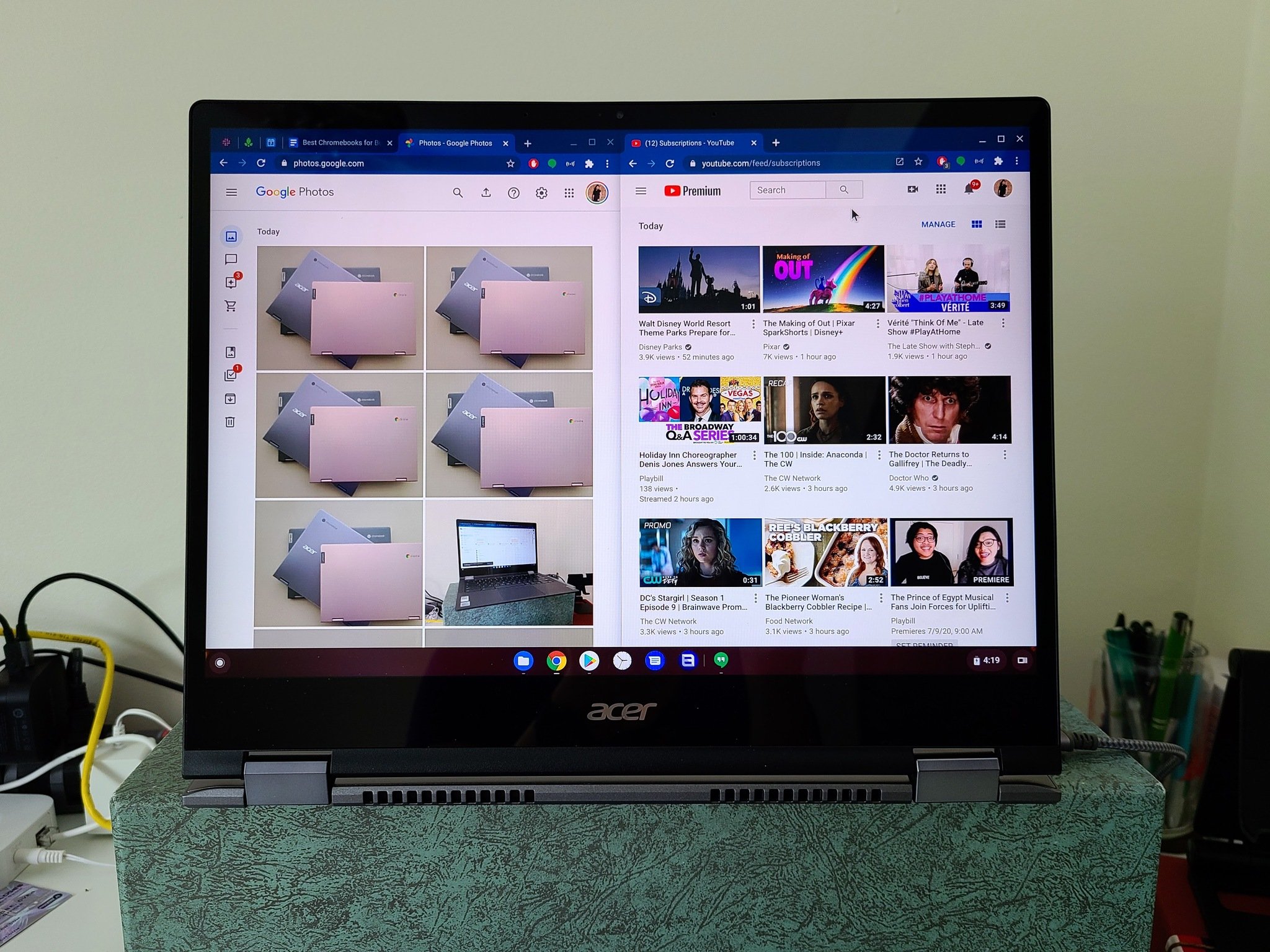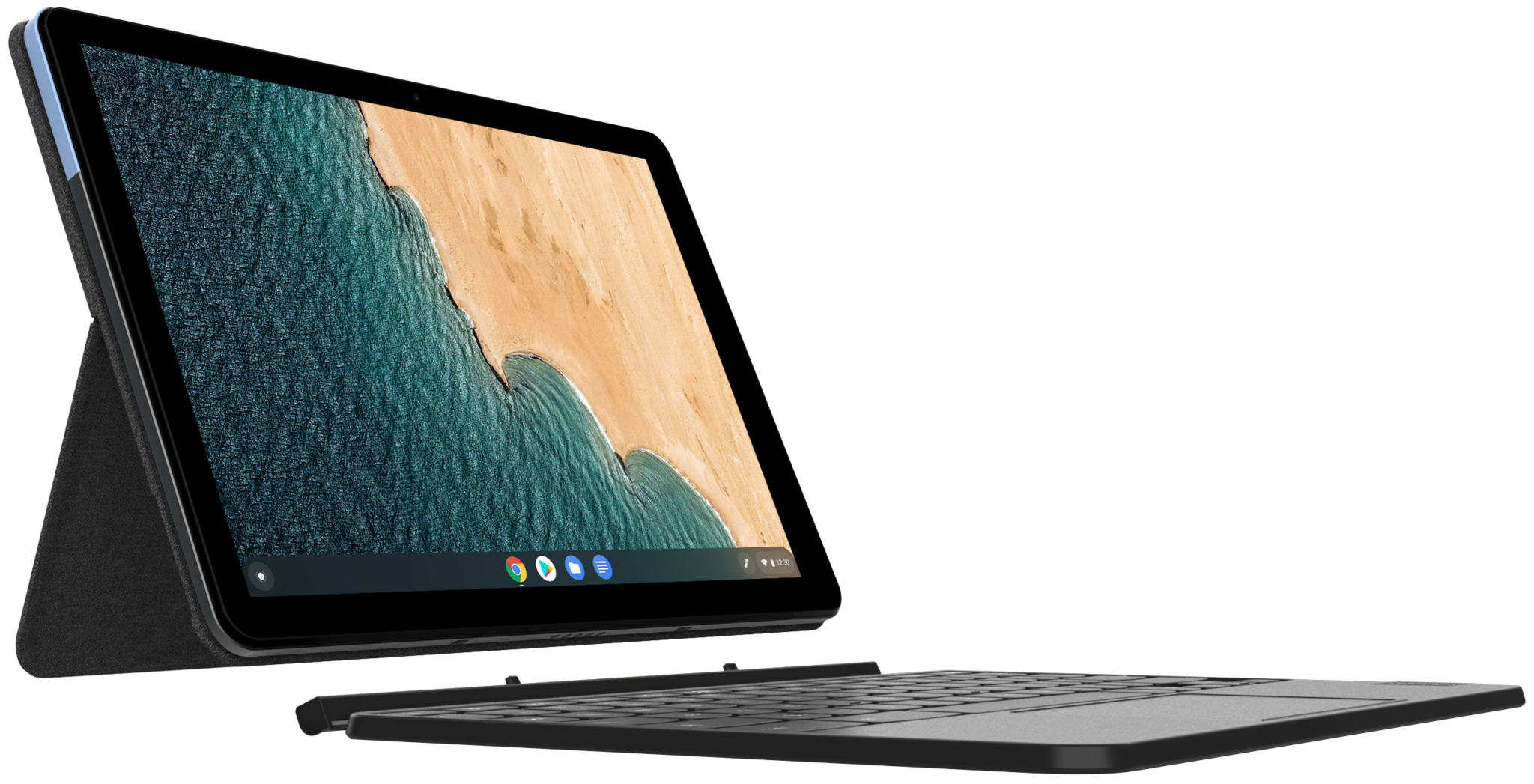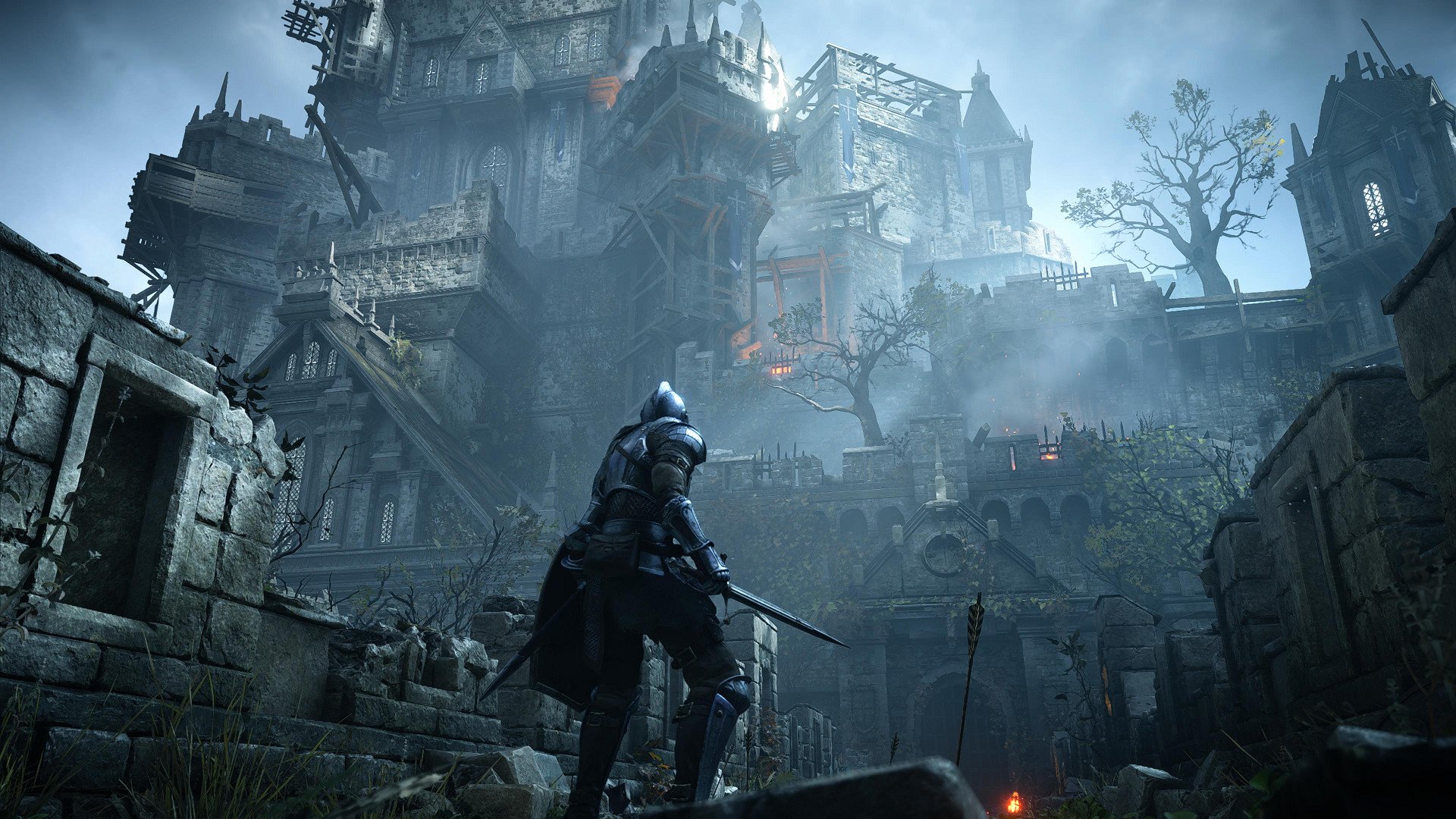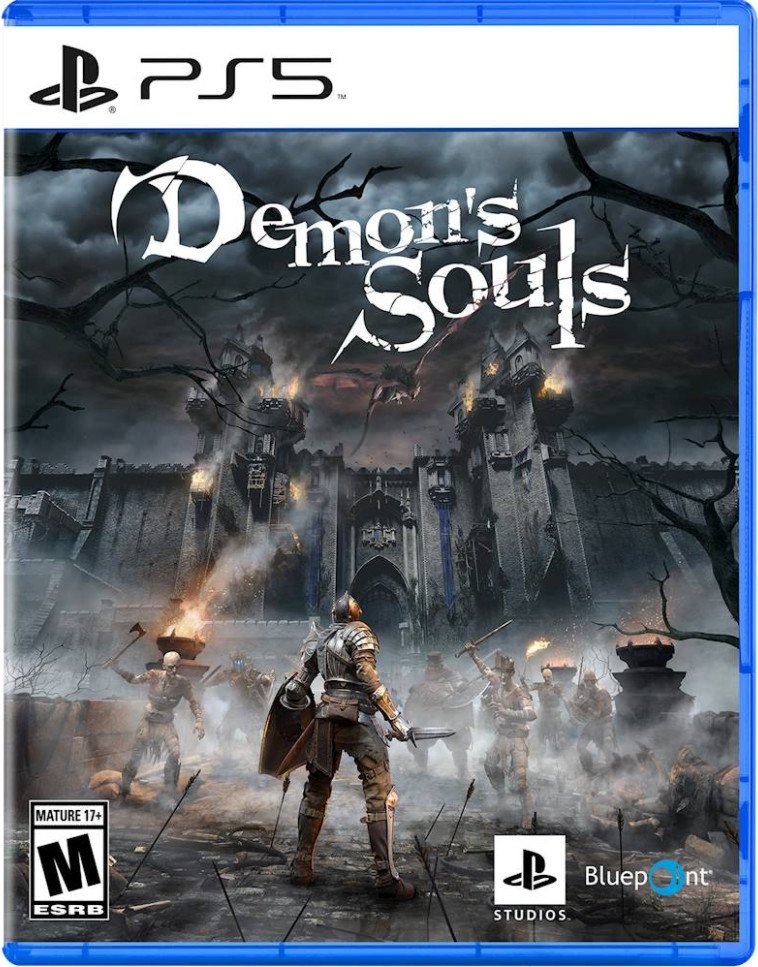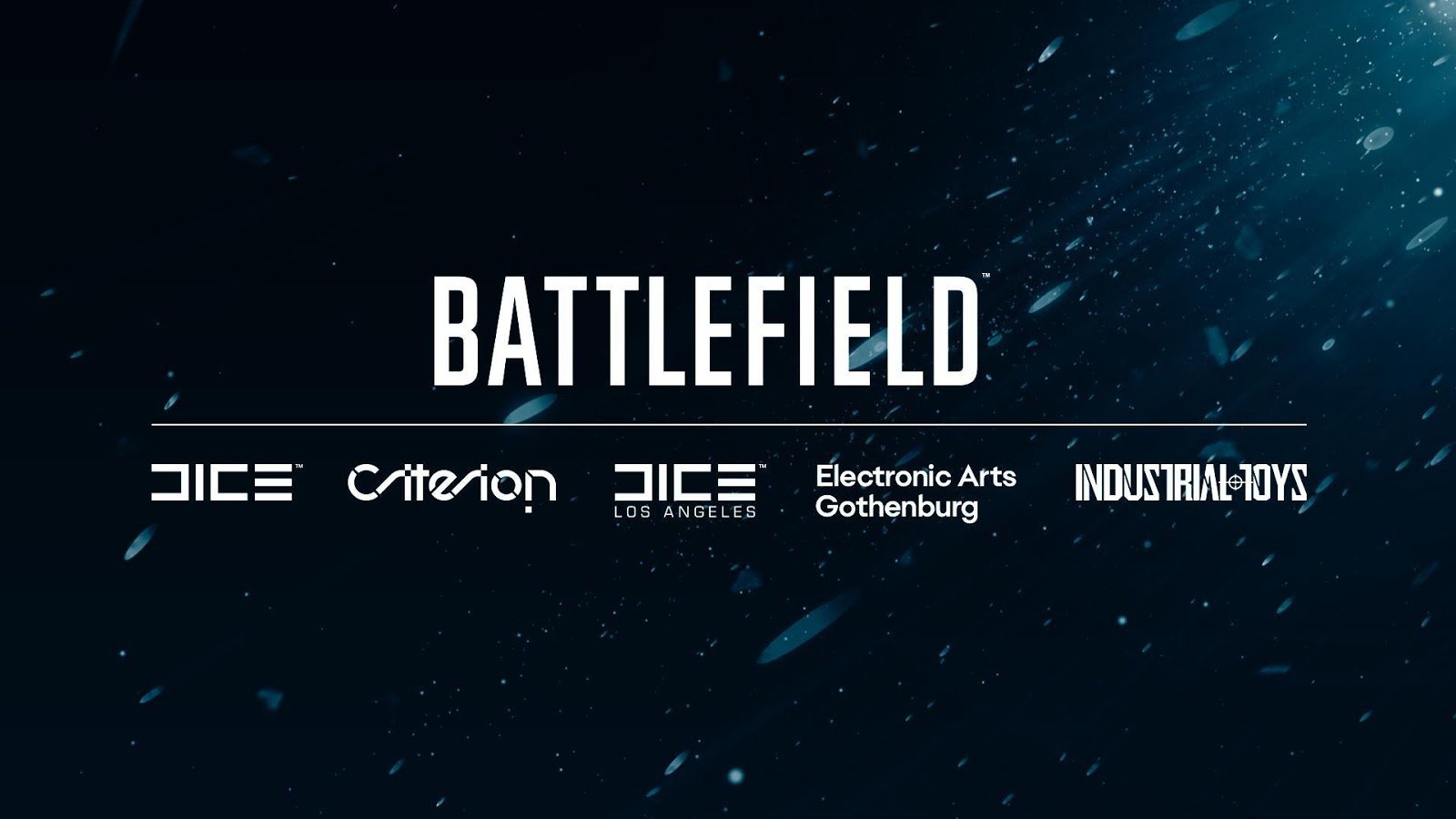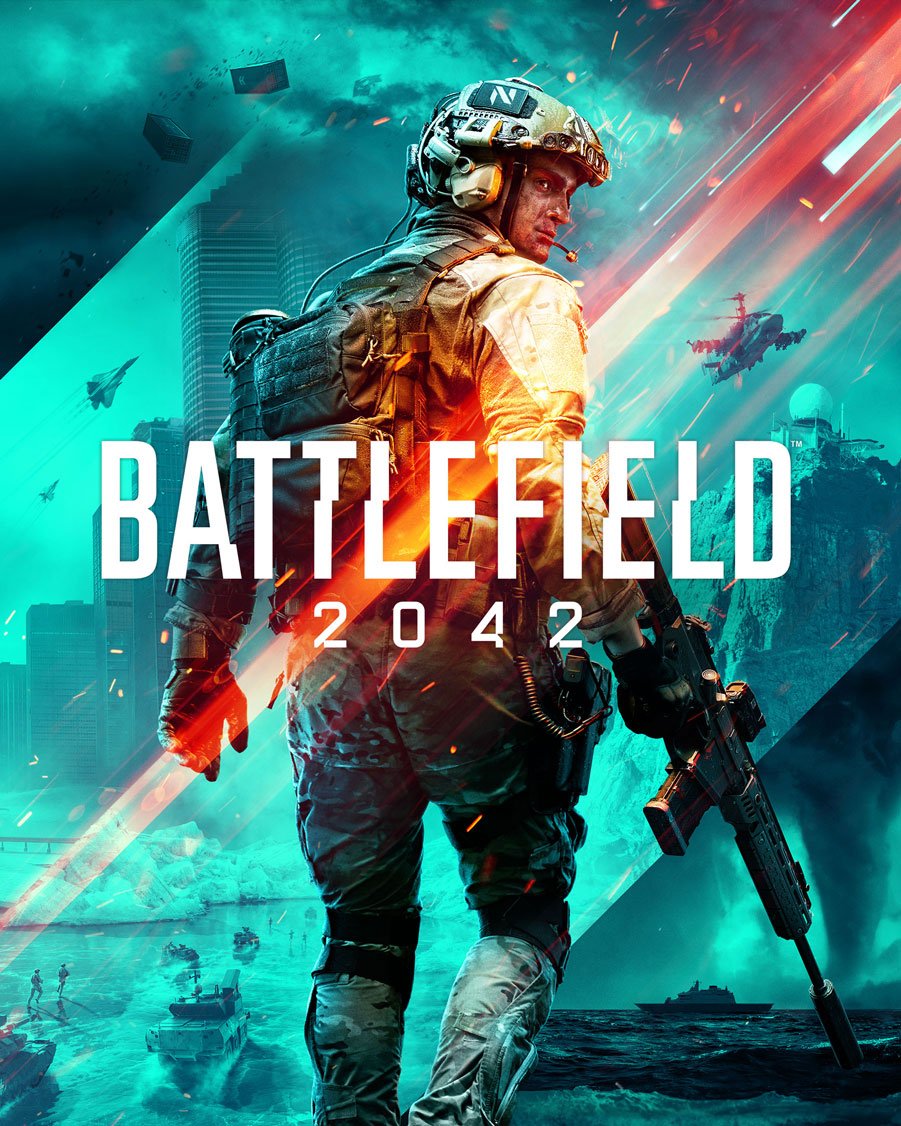If you're looking for a fitness tracker that truly does it all, we highly recommend the Fitbit Charge 5 for its unique design and multiple uses, which include automatic activity tracking, onboard GPS, advanced health monitoring, Fitbit Pay, music controls, and so much more. It's no wonder that Fitbit continues to be one of the many highly regarded names in the industry with all it has to offer. However, don't worry if that's not your cup of tea. There are many other options to choose from that cater to a wide range of needs. So whether you're looking for specific software, design, or feature set, you'll be able to find a fitness tracker that checks all the boxes on your wish list.
What are the best fitness trackers?
You'll be happy to know that there's no shortage of options when it comes to choosing a fitness tracker. One of the most reputable names, as you may know, is Fitbit. The industry leader makes up a good portion of our list, including options such as the Charge 5, Charge 4, Versa 3, Luxe, and Inspire 2. Coming from the same company, they share some features, but each of these trackers is geared toward a slightly different type of user. Whether you want the look and feel of a smartwatch, a dedicated fitness tracker with onboard GPS, or a basic tracker that's ideal for beginners, Fitbit has it all.
Fitbit isn't the only name you'll find here. You'll also find other significant players that may catch your eye, such as Garmin, Samsung, and Xiaomi, to name a few. Once you've decided what type of experience you're looking for, it'll be easier to narrow down your options and find the right fitness tracker for your needs.
Are you seeking the most robust activity tracking suite possible? Perhaps you're more focused on certain health aspects, like energy, stress, and blood oxygen saturation levels. If you're on a tight budget, it also won't be difficult to find a fitness tracker at a reasonable price. Not to mention that there are also tons of great fitness smartwatches if you need a bit more from your wearable.
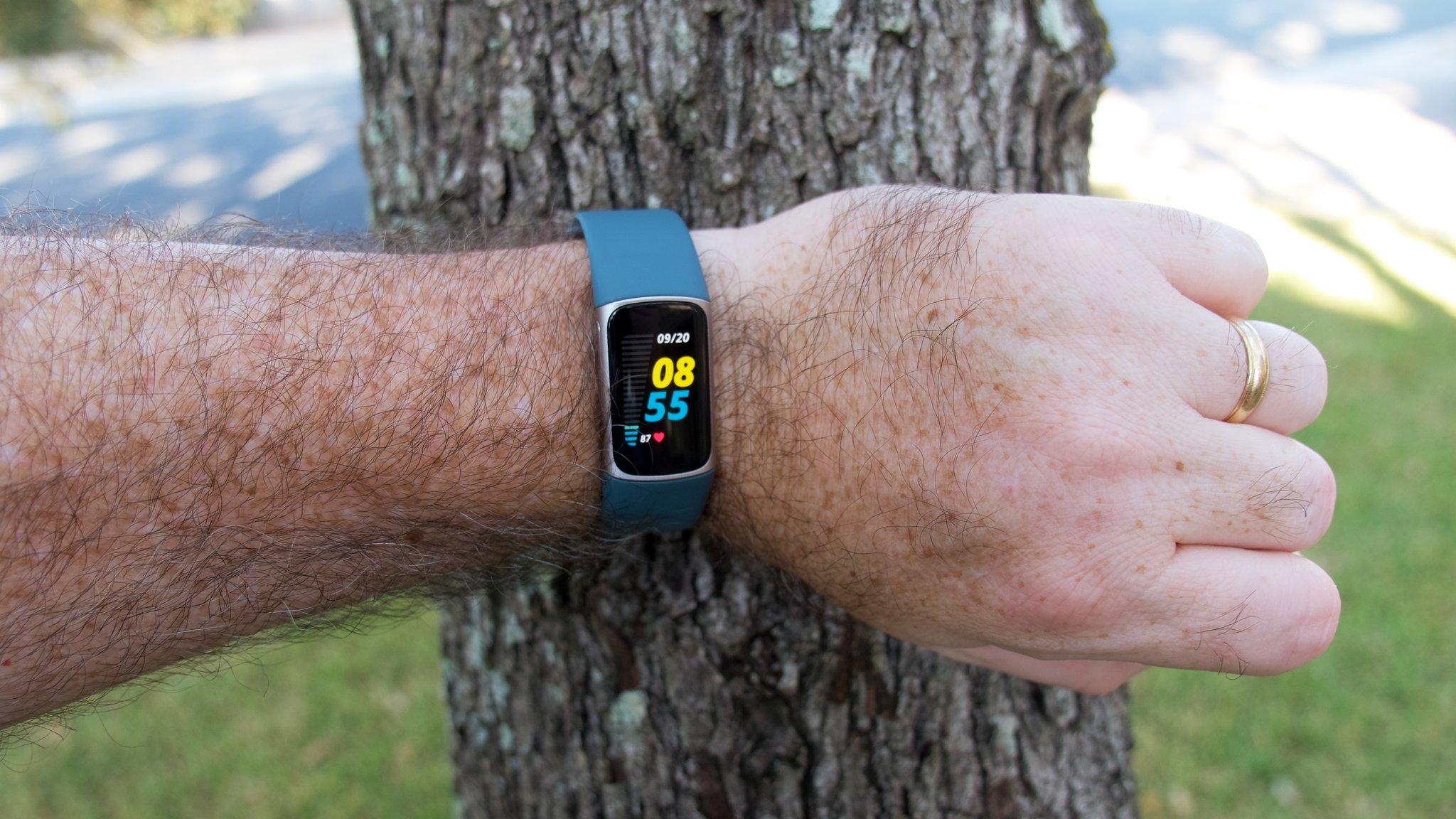
Fitbit Charge 5
The best overall fitness tracker
Bottom line: Some fitness trackers only cover the basics, but the Fitbit Charge 5 goes above and beyond that. This is as close as you'll get to a smartwatch in the form of a highly capable fitness tracker. It follows its predecessor's footsteps with key features such as GPS, Active Zone Minutes, heart-rate tracking, and Fitbit Pay. It also has new advanced health sensors to give you a better picture of your overall well-being.
| Category |
Fitbit Charge 5 |
| Display size |
1.04-inch AMOLED |
| Replaceable bands |
✔️ |
| Weight |
15g |
| Battery life |
7 days |
| OS |
Fitbit OS |
| Water Resistance |
✔️ (5ATM) |
| GPS |
✔️ |
| NFC |
✔️ |
| Heart rate monitor |
✔️ |
| Automated workout-tracking |
✔️ |
| Sleep tracking |
✔️ |
| Colors |
Steel Blue/Platinum, Black/Graphite, Lunar White/Gold |
Pros:
- Gorgeous AMOLED display
- Slimmest design yet
- Built-in GPS
- New ECG & EDA sensors
- Waterproofing
Cons:
- Touchscreen can be finicky
- New proprietary chargers and bands
While we've generally known what to expect from fitness trackers, the Fitbit Charge 5 is the device that will change those presumptions. Sometimes, we only get a few subtle changes when a new tracker is released. However, with the Fitbit Charge 5, a lot has improved.
One of the most noticeable differences is the refined design with a gorgeous AMOLED touchscreen and a sleek stainless steel body. This fitness tracker is 10% thinner than its predecessor and has a rounded design rather than a rectangular one. Most importantly, the improved design allows for a more natural and comfortable fit that seamlessly contours to the shape of your wrist. With big changes to the design, we also get a new proprietary charging cable and new proprietary bands.
It has many essential fitness features that were so appealing about the Charge 4, including onboard GPS, automatic workout detection, activity/sleep tracking, heart-rate monitoring, Active Zone Minutes, and 5 ATM waterproofing. Fitbit has also included advanced health sensors that give you more details than ever before. The EDA sensor takes precise temperature measurements and records stress levels. The ECG sensor measures your heart rhythm and can detect irregular heartbeats.
You won't be missing out on some of the key "smart" features that made the Fitbit Charge 4 such a hit. The Fitbit Charge 5 is also equipped with NFC support for contactless payments with Fitbit Pay. You'll also be able to control music playback right from your tracker. But, unfortunately, there's still no on-device music storage.
Best overall fitness tracker
Fitbit Charge 5 Advanced Fitness & Health Tracker
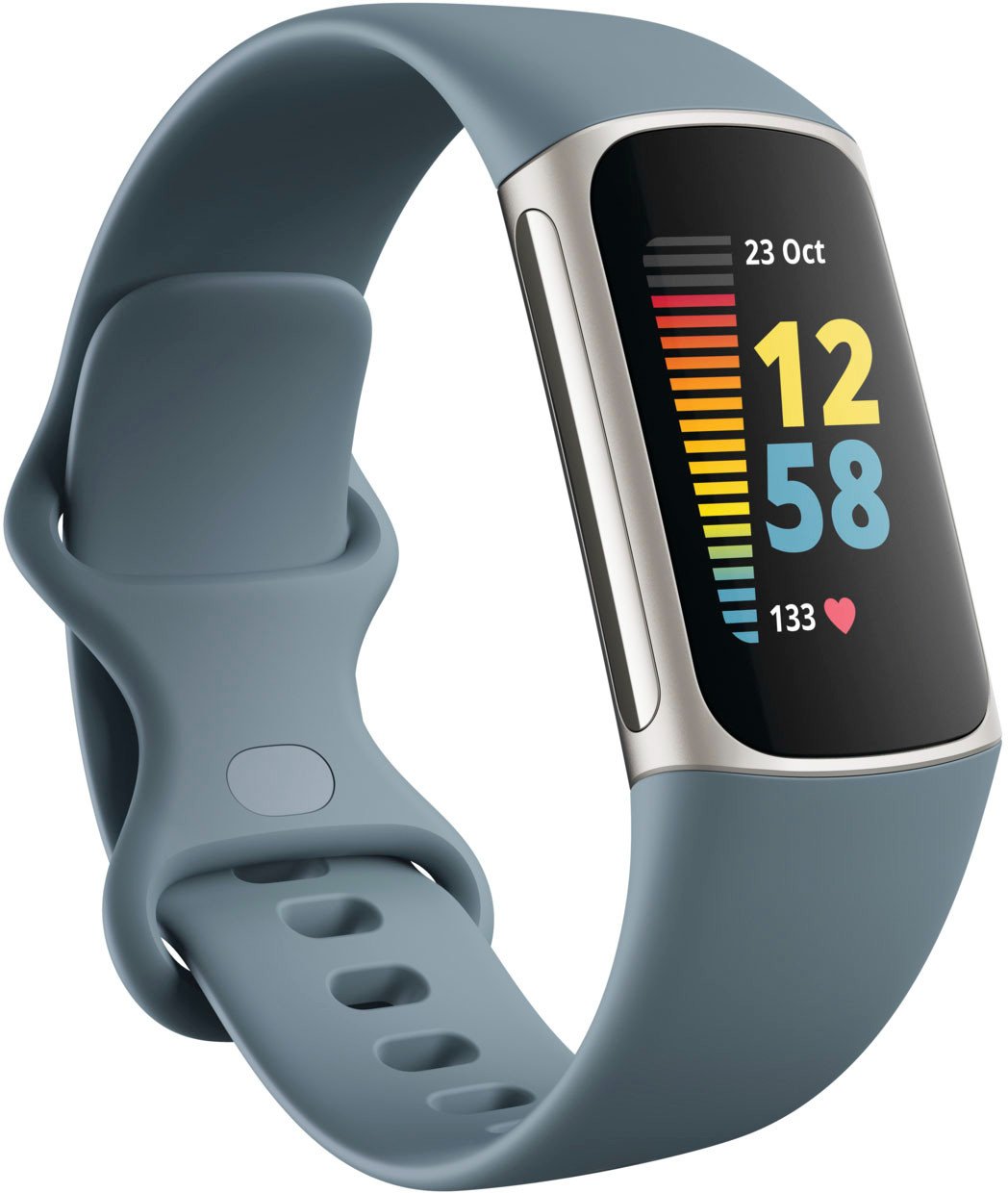
$180 at Amazon $180 at Best Buy $180 at B&H
Next-level health and fitness tracker
The Charge 5 takes health tracking to the next level with its new ECG and EDA sensors. The refined design is a looker, too.

Fitbit Charge 4
The best value fitness tracker
Bottom line: The Fitbit Charge 4 is the most well-rounded fitness tracker for the money. It features NFC for contactless payments, onboard GPS to track your workouts without a phone, and easily replaceable bands for convenience and style. Plus, you get all of the regular fitness tracking goodies like step tracking, sleep tracking, automatic workout tracking, and Fitbit's Active Zone Minutes.
| Category |
Fitbit Charge 4 |
| Display size |
1-inch grayscale, OLED |
| Replaceable bands |
✔️ |
| Weight |
30g |
| Battery life |
7 days |
| OS |
Fitbit OS |
| Water Resistance |
✔️ (5ATM) |
| GPS |
✔️ |
| NFC |
✔️ |
| Heart rate monitor |
✔️ |
| Automated workout-tracking |
✔️ |
| Sleep tracking |
✔️ |
| Colors |
Black, Rosewood, Storm Blue |
Pros:
- Crisp, responsive screen
- Thin, comfortable design
- Improved notifications
- GPS is built-in
- Waterproofing
Cons:
- Finicky side button
- No local music storage
Before it made smartwatches, Fitbit was known for its excellent fitness bands. The Charge 4 takes everything the company has learned about the form factor over the years and stands out as one of the most polished and refined devices Fitbit's released to date.
The big draw to the Charge 4 is that it has GPS built right in. This allows you to map outdoor runs, walks, and bike rides without needing to bring your phone with you — something you won't even find on the Versa 2. Of course, it also has all of the other fitness features you'd expect, such as all-day activity tracking, sleep tracking, heart-rate monitoring, and automatic workout detection. There's also 50-meter waterproofing if you want to use the Charge 4 for tracking any swims.
The design is lightweight and comfortable to wear, and thanks to its seven-day battery life, you can wear the Charge 4 for a full week without having to stress out over how much gas is left in the tank.
Fitbit offers a few great smart features, including Fitbit Pay, notifications from your phone, and a Spotify app to control music playback. It would have been great to see local music storage to give the Charge 4 even more independence from your phone, but even so, this is an incredibly complete package.
Best value fitness tracker
Fitbit Charge 4 Fitness and Activity Tracker
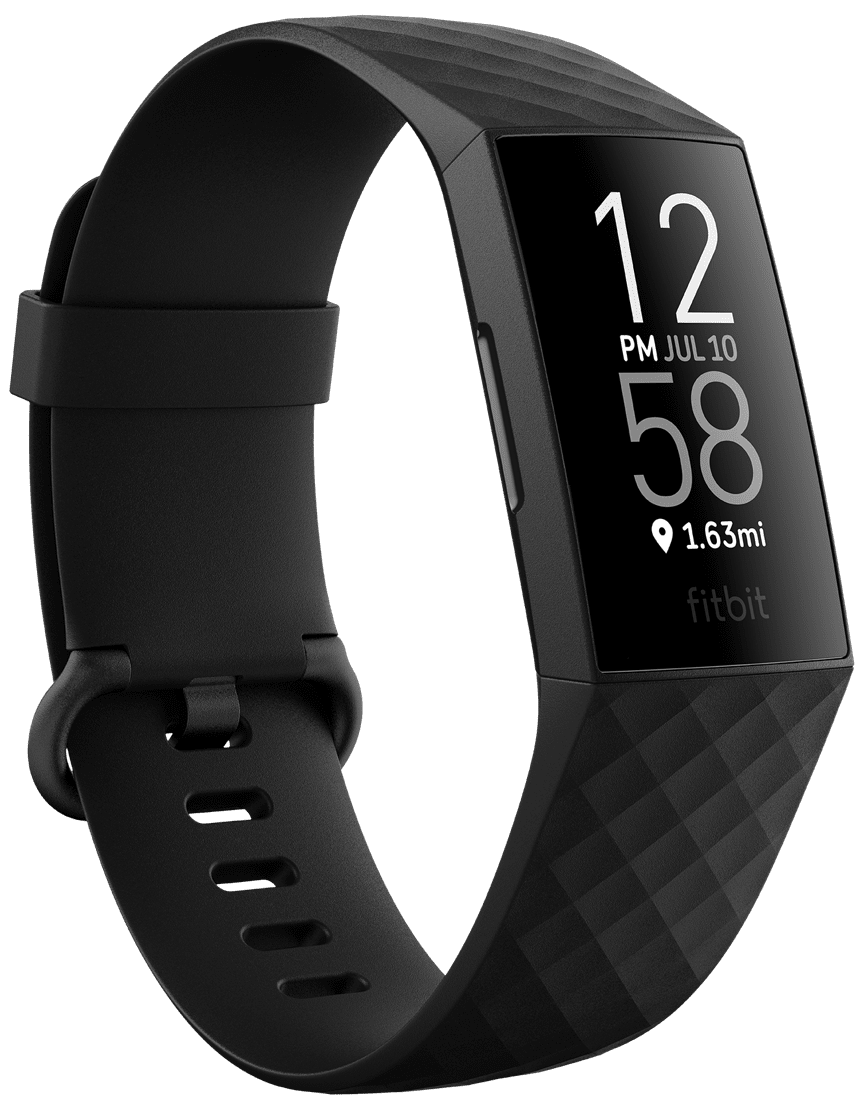
From $130 at Amazon From $130 at Best Buy $138 at Walmart
Everything you need at a remarkable value
With built-in GPS, Fitbit Pay, and 24/7 heart-rate monitoring, the Charge 4 packs many features into a small package.
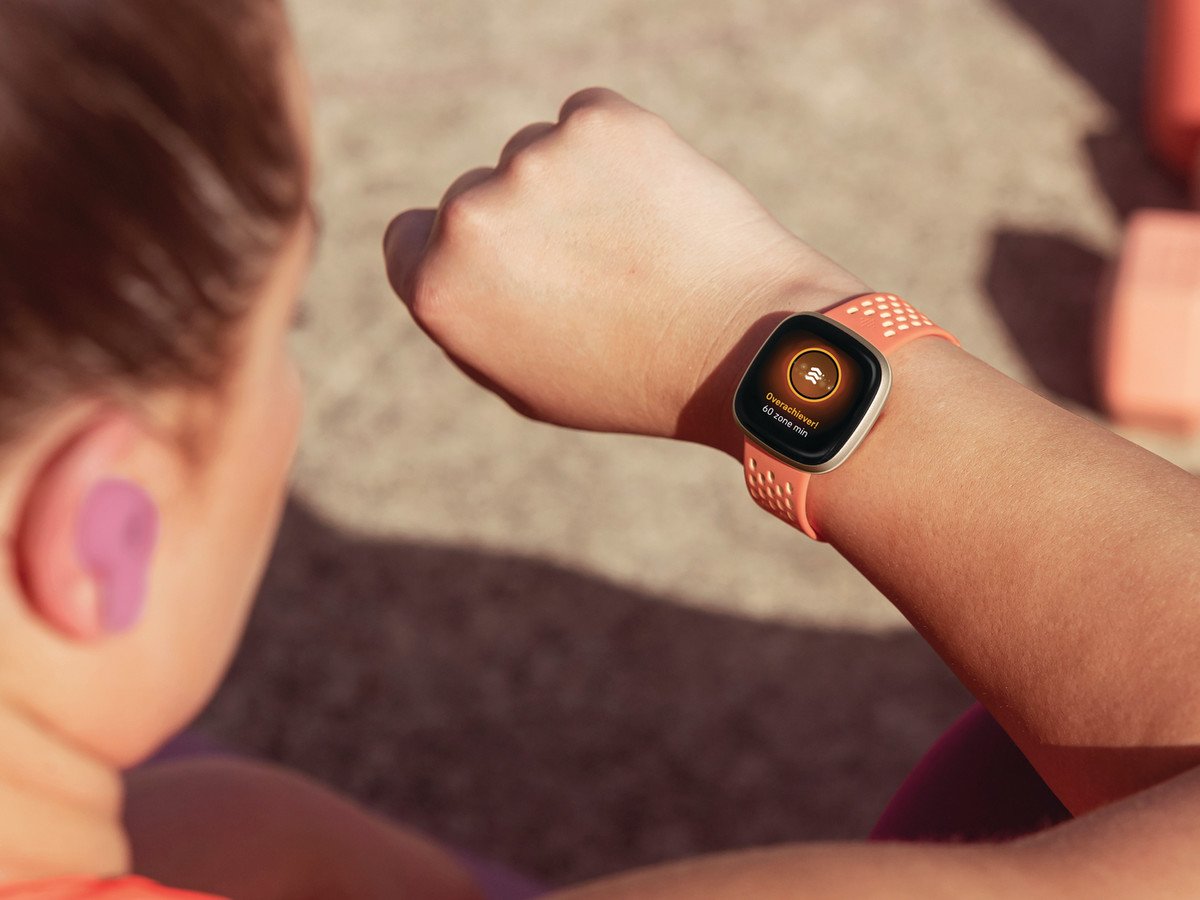
Fitbit Versa 3
Best upgraded fitness tracker
Bottom line: As one of the most popular names in the wearable world, Fitbit is always a good option. The new Versa 3 is centered around health and fitness tracking, ideal for workout enthusiasts. In addition, you have built-in GPS, activity/sleep tracking, heart-rate monitoring, and Fitbit Pay.
| Category |
Fitbit Versa 3 |
| Display size |
40mm / 1.58 inches, 336x336 AMOLED |
| Replaceable bands |
✔️(Custom, OSFA) |
| Weight |
40g |
| Battery life |
6+ days |
| OS |
FitbitOS |
| Voice assistant |
Amazon Alexa, Google Assistant |
| Water-resistant |
✔️ (5ATM) |
| GPS |
✔️ |
| NFC |
✔️ |
| Heart rate monitor |
✔️ |
| Automatic workout tracking |
✔️ |
| Sleep tracking |
✔️ |
| Colors |
Black, Soft Gold |
Pros:
- Built-in GPS
- Sleek, attractive design
- Excellent battery life
- Solid smartwatch features
- Built-in Alexa and Google Assistant
Cons:
- Limited app selection
- Old bands won't work with Versa 3
The Fitbit Versa 3 takes everything that is great about the Versa 2 and kicks it up a notch, putting it in the company of the best Android smartwatches. Though Fitbit didn't alter the design too much, it did make the case a bit slimmer and rounder, and it dramatically improved the mechanism to swap out bands. Unfortunately, the bad news is that any old bands you purchased for your Versa, Versa Lite, or Versa 2 won't work on this new watch.
It does the same tracker things as the Versa 2, but with an improved heart rate sensor, SpO2 monitoring, and a new Active Zone Minutes feature. In addition, all versions of the watch include Fitbit Pay for contactless payments, and the watch now has built-in GPS, so you can accurately track your workout without bringing your phone along for the ride (or run). It also offers on-screen activities that you can follow along with.
The Versa 3 has smartphone notifications that are easy to navigate and an app store with popular names such as Spotify and Starbucks. You can also talk directly to Google Assistant or Amazon Alexa and hear responses. If your ears perked about Spotify, the good news is that there is storage for 300+ songs on the Versa 3.
Best upgraded fitness tracker
Fitbit Versa 3 Health & Fitness Smartwatch
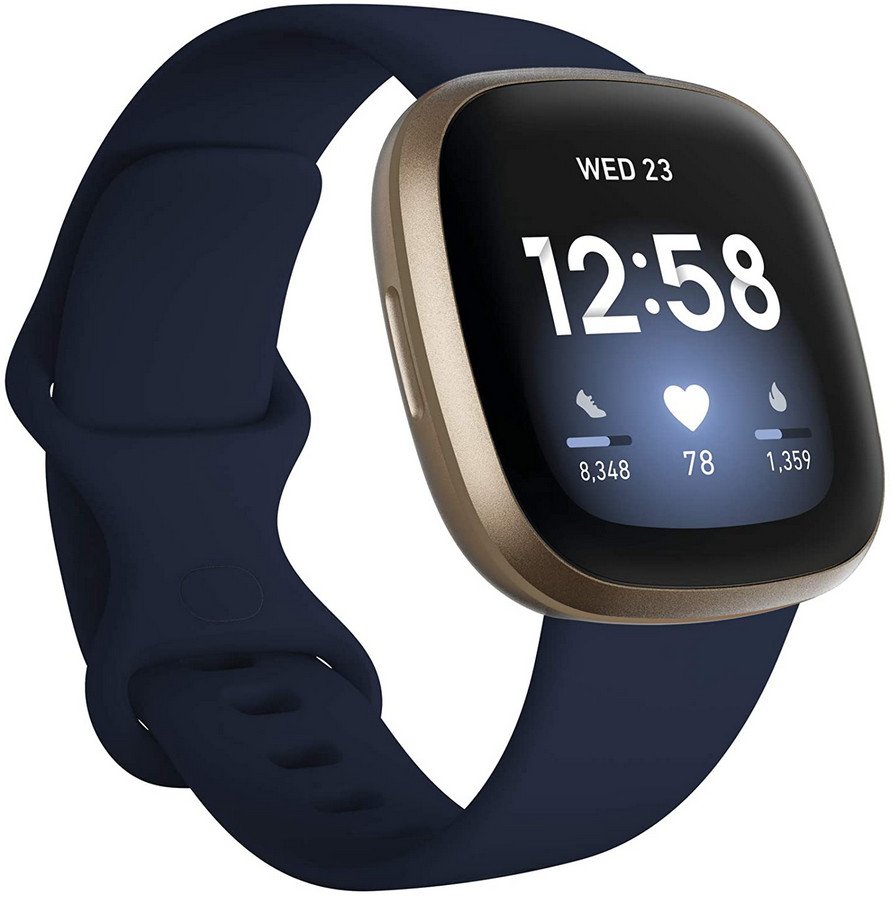
From $225 at Amazon $230 at Best Buy From $229 at Walmart
Adding missing features from its predecessor
The Versa 3 improves everything over the original, including better battery life, Google Assistant integration, and built-in GPS.
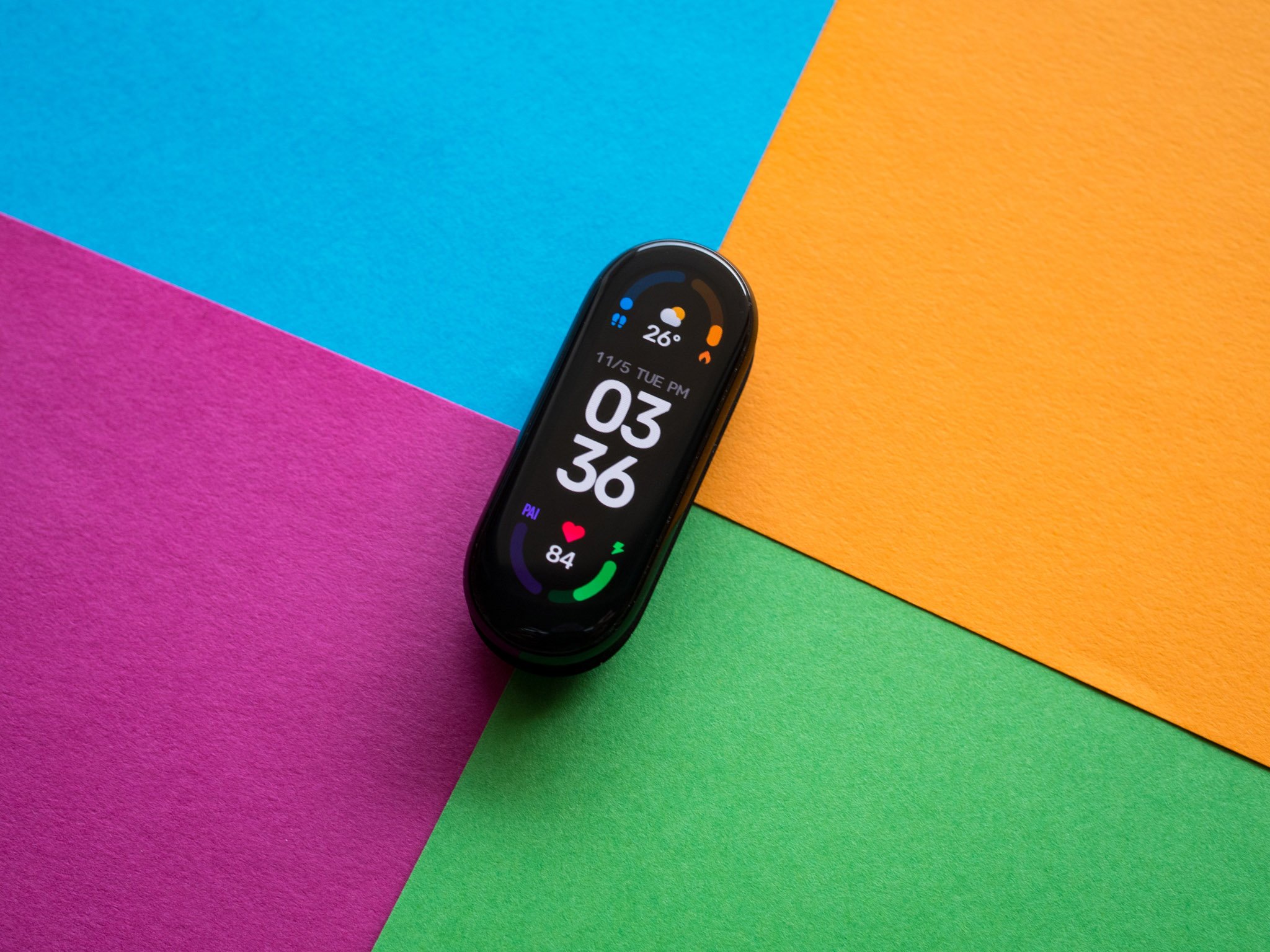
Xiaomi Mi Band 6
The best budget fitness tracker
Bottom line: When you're looking for a fitness tracker that won't break the bank, look no further than the Xiaomi Mi Band 6. It's the company's latest tracker and offers heart rate and blood oxygen monitoring, activity/sleep tracking, 30 sport modes, and menstrual health tracking.
| Category |
Xiaomi Mi Band 6 |
| Display size |
1.56 inches, AMOLED |
| Replaceable bands |
✔️ |
| Weight |
2.2oz |
| Battery life |
14 days |
| OS |
Xiaomi |
| Water Resistance |
✔️ (5ATM) |
| GPS |
🚫 |
| NFC |
🚫 |
| Heart rate monitor |
✔️ |
| Automated workout-tracking |
🚫 |
| Sleep tracking |
✔️ |
| Colors |
Black, Blue, Orange, Yello, Olive, Ivory |
Pros:
- 30 sports modes
- Activity/sleep tracking
- Heart-rate monitoring
- Female health tracking
- 14-day battery life
- Affordable
Cons:
- Lacks built-in GPS
- No NFC payments
- Doesn't automatically track workouts
When you want to be able to cover your bases with your fitness tracker without breaking the bank in the process, you'll love the Xiaomi Mi Band 6. It's a definite improvement from its predecessor, sporting a larger display area that's easier to read and navigate. But, more importantly, it offers a satisfying list of tracking abilities and other features that are hard to find at this low price point.
You'll be able to choose from up to 30 sport modes, including outdoor running, treadmill running, indoor cycling, outdoor cycling, pool swimming, yoga, and more.
Other than that, you'll have a solid 14 days of battery life, which can stretch up to 20 days in power-saving mode. You'll also enjoy sleep tracking, all-day heart rate monitoring, and menstrual health tracking. It might not be a smartwatch and is missing features like built-in GPS, but it's difficult to complain about this powerful little tracker at this price point.
Best budget fitness tracker
Xiaomi Mi Band 6 Smart Wristband
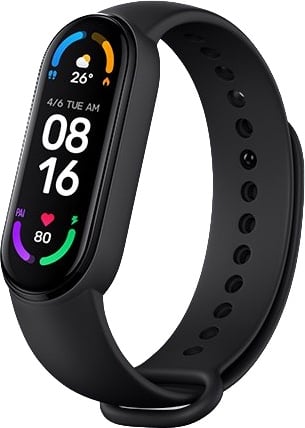
$50 at Amazon $49 at Walmart
As cheap as it gets
Be kind to your wallet with the Mi Band 6. You get connected GPS, heart-rate monitoring, activity/sleep tracking, and more.

Fitbit Inspire 2
The best heart-rate monitor on a fitness tracker
Bottom line: As one of the most popular names in the wearable world, Fitbit is always a good option. The Inspire 2 features an improved 24/7 heart rate monitor, female health and sleep tracking, and an astounding 10+ day battery life.
| Category |
Fitbit Inspire 2 |
| Display size |
1.4 inches, OLED |
| Replaceable bands |
✔️ |
| Weight |
30g |
| Battery life |
10+ days |
| OS |
Fitbit OS |
| Water Resistance |
✔️ (5ATM) |
| GPS |
🚫 |
| NFC |
🚫 |
| Heart rate monitor |
✔️ |
| Automated workout-tracking |
✔️ |
| Sleep tracking |
✔️ |
| Colors |
Black, Rose, White |
Pros:
- Attractive design
- Generous battery life
- Lightweight and inconspicuous
- One free year of Fitbit Premium
- Works with Tile trackers
Cons:
- No altimeter or built-in GPS
- No quick replies
- No Fitbit Pay
The Fitbit Inspire 2 is so compact and lightweight; you'll likely forget you're wearing it. This tracker also offers a more traditional buckle band as opposed to the peg-and-loop style. The bands are stylish and easy to switch when you feel like changing it up.
You'll need to swipe up to see additional stats and squeeze both sides with the haptic "button" panels to return to the home screen. Swipe down when you're ready to start exercising. With all that said, there are some restrictions to having such a small screen. You'll need to go to the app to set alarms and bring your phone with you to utilize GPS. This is an excellent option if you want to monitor your heart rate but don't care about other fancy features. It'll help you with the basics, but you'll miss out on features like Fitbit Pay and an altimeter.
The Inspire 2 has a phenomenal battery life for a Fitbit at around 11 days. It is also a difficult device to lose, thanks to its integration with Tile's tracking network.
Best heart-rate monitor on a fitness tracker
Fitbit Inspire 2 Bluetooth Fitness Tracking Smart Band

From $99 at Amazon $100 at Best Buy From $99 at Walmart
An easy, budget-friendly way to track your heart-rate
The Inspire 2 proves good things come in tiny packages. All the tracking and bonus features make it an affordable front-runner.
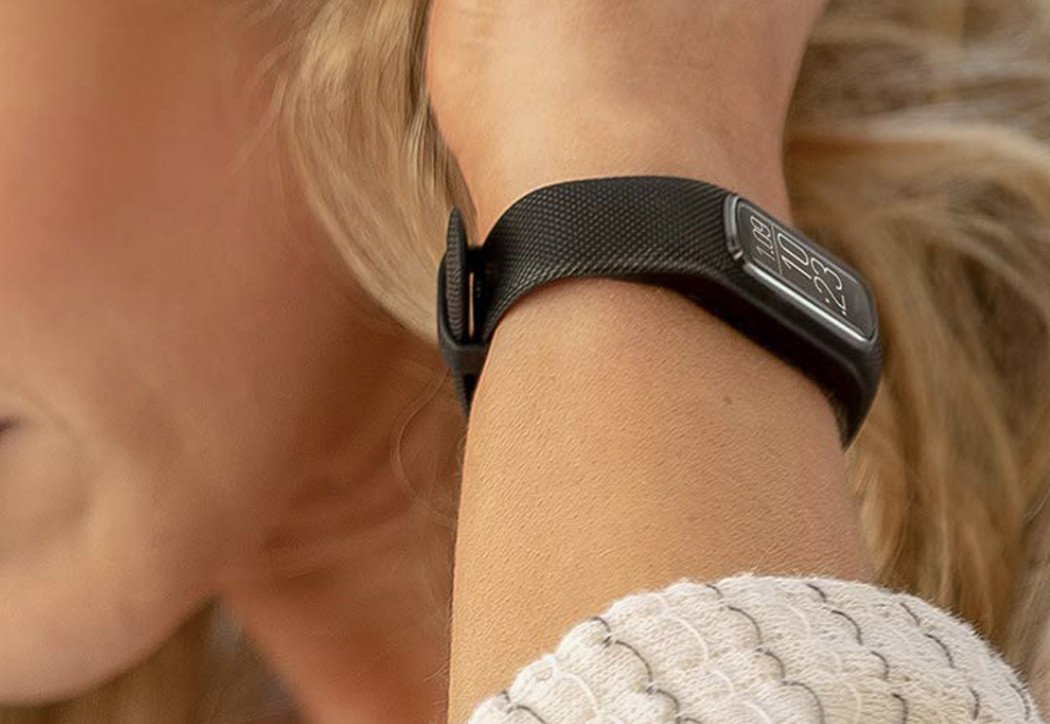
Garmin Vivosmart 4
The best premium tracking suite on a fitness tracker
Bottom line: If you're all about health tracking, there's no better choice than the Garmin Vivosmart 4. It tracks your activity and sleep patterns while monitoring your heart rate, stress, energy, and blood oxygen saturation levels.
| Category |
Garmin Vivosmart 4 |
| Display size |
.70-inch OLED |
| Replaceable bands |
🚫 |
| Weight |
17g |
| Battery life |
7 days |
| OS |
Garmin |
| Water Resistance |
✔️ (5ATM) |
| GPS |
🚫 |
| NFC |
🚫 |
| Heart rate monitor |
✔️ |
| Automated workout-tracking |
✔️ |
| Sleep tracking |
✔️ |
| Colors |
Black, Gray, Berry, Azure Blue |
Pros:
- Ultra-lightweight design
- Premium health tracking
- Helpful Body Battery Energy Monitor
- All-day stress tracking
- 7-day battery life
Cons:
- No built-in GPS
- Slim screen can be hard to navigate
- Bands cannot be changed
The Garmin Vivosmart 4 does everything you would expect it to as a fitness tracker. It keeps track of your steps, sleep, calories burned, floors climbed, various exercises, and heart rate. However, where this tracker shines is its health-tracking features.
For starters, you'll have advanced sleep tracking with REM sleep. It can also gauge blood oxygen saturation levels during the night with its wrist-based Pulse Ox sensor. In addition, a relaxation breathing timer complements the all-day stress tracking feature. Lastly, the "Body Battery" monitor helps optimize your daily activities based on your energy levels.
A couple of things you'll miss include GPS and replaceable bands. However, you'll still have access to smartphone notifications on your wrist. If you're an Android user, you can respond with preset quick replies. If you want detailed health tracking data, the Garmin Vivosmart 4 is the way to go.
Best health tracking suite on a fitness tracker
Garmin Vivosmart 4 Activity and Fitness Tracker

From $99 at Amazon $100 at Best Buy $106 at Walmart
A health enthusiast's dream come true
This tracker offers more health monitoring features than most other options in its price range. It's also slim and easy to use.
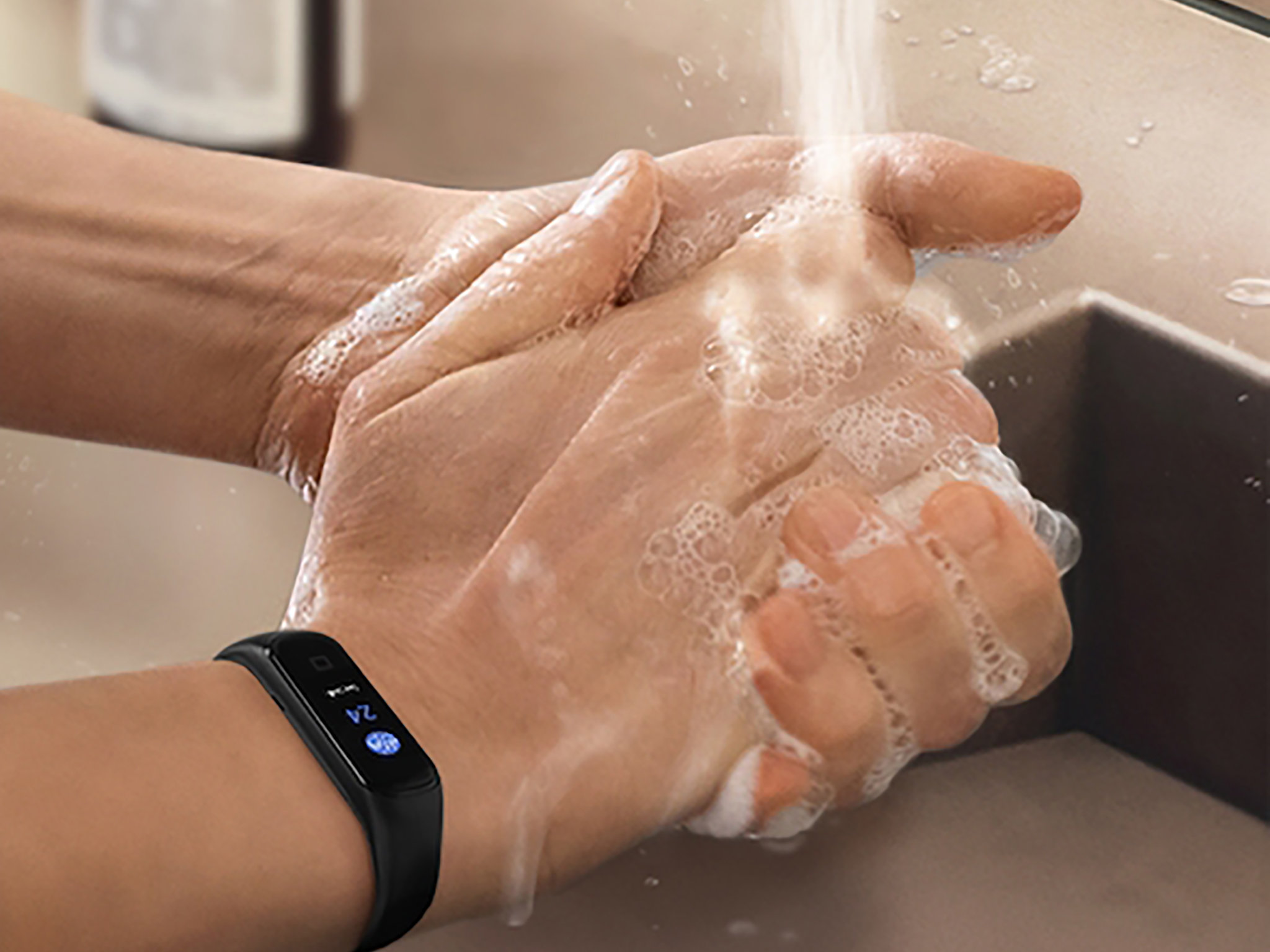
Samsung Galaxy Fit 2
The best alternative tracking suite on a fitness tracker
Bottom line: The Galaxy Fit 2 is ideal for users who are committed to in-depth activity tracking. You'll have access to automatic workout tracking, heart-rate monitoring, and sleep tracking. It's also made to be highly durable, which is great for intense workouts.
| Category |
Samsung Galaxy Fit 2 |
| Display size |
1.1-inch, AMOLED |
| Replaceable bands |
🚫 |
| Weight |
91g |
| Battery life |
Up to 21 days |
| OS |
FreeRTOS |
| Water Resistance |
✔️ (5ATM) |
| GPS |
🚫 |
| NFC |
🚫 |
| Heart rate monitor |
✔️ |
| Automated workout-tracking |
✔️ |
| Sleep tracking |
✔️ |
| Colors |
Black, Scarlet |
Pros:
- Lightweight durability
- Fantastic 21-day battery life
- Impressive activity tracking suite
- Multiple exercise modes
- Stress monitoring
- Smartphone notifications
Cons:
- Lacks built-in GPS
- Bands are not interchangeable
- Limited watch face options
If you've been searching for the perfect fitness companion that'll go the distance for any activity you have in mind, you'll have met your match with the Samsung Galaxy Fit 2. In addition to being water-resistant to 50 meters and compliant with military-level durability standards, this handy device is built for endless activity tracking.
You'll have the convenience of automatic activity tracking for five workouts. You can also use the Samsung Health mobile app to select from over 90 exercises; 10 can be customized and set as preferred activities.
The Galaxy Fit 2 will also monitor your heart rate, sleep patterns, and stress levels. You might notice that GPS is lacking here, but this robust activity tracking suite is hard to pass up. The FreeRTOS on this fitness tracker isn't nearly as sophisticated as Tizen OS found on Samsung smartwatches, but it just takes some getting used to.
Best alternative tracking suite on a fitness tracker
Samsung Galaxy Fit 2 Fitness Tracking Smart Band
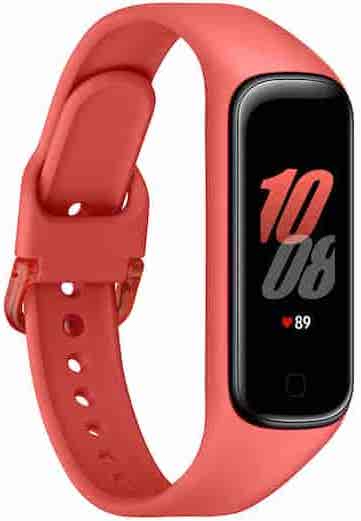
$60 at Best Buy $59 at Walmart
Track all of your activities
The robust activity tracking suite, heart rate sensor, and low price tag are a few reasons why the Galaxy Fit 2 is a great tracker.
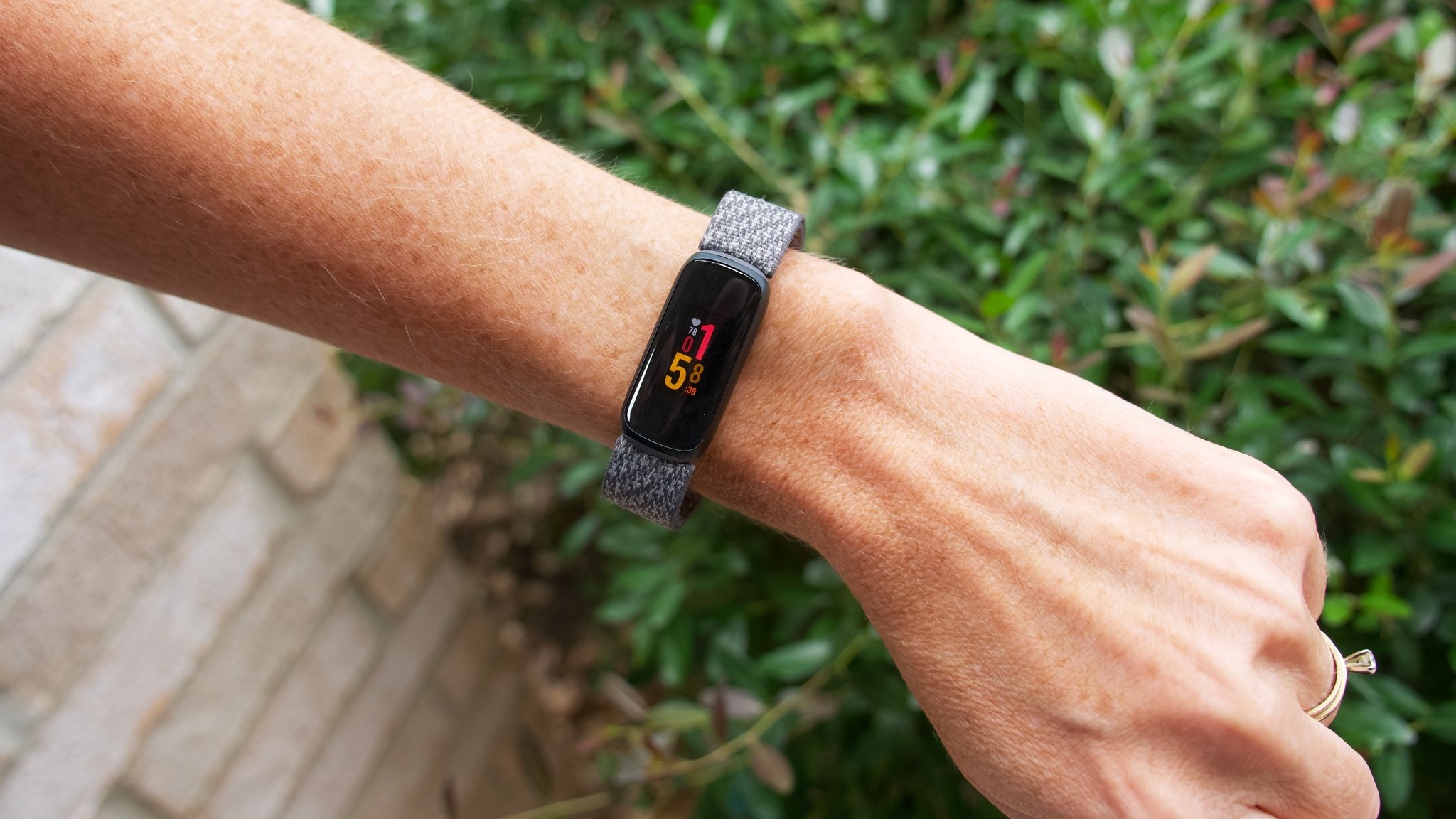
Fitbit Luxe
The best luxury Fitness tracker
Bottom line: The Luxe is not the Fitbit tracker with the most high-end features, but it is without question the most premium Fitbit tracker you can buy. It has the style to go up against the Fitbit Sense, with the profile and capabilities of the Inspire 2.
| Category |
Fitbit Luxe |
| Display size |
.76-inch
124x206 AMOLED |
| Replaceable bands |
✔️ custom |
| Weight |
26.2g |
| Battery life |
5 days |
| OS |
Fitbit OS |
| Voice Assistant |
🚫 |
| Water Resistance |
✔️ (5ATM) |
| GPS |
🚫 |
| NFC |
🚫 |
| Heart rate monitor |
✔️ |
| Automated workout-tracking |
✔️ |
| Sleep tracking |
✔️ |
| Colors |
Soft Gold/Lunar White, Graphite/Black, Platinum/Orchid |
Pros:
- Perfect for smaller wrists
- Premium design and materials
- Lightweight and comfortable
- First color screen on a Fitbit tracker
- Includes six months of Fitbit Premium
- Supports Google Fast Pair on Android
Cons:
- No onboard GPS
- No NFC
- Half the battery life of comparable Inspire 2
If you prefer a lightweight, low-profile tracker but want something that has the high-end looks of a much more expensive smartwatch, then the Fitbit Luxe might be just the device you're looking for.
The Luxe's casing is made from high-quality stainless steel and is available in three premium finishes. You can dress it up and accessorize with jewelry-style bands, but it can also handle your HIIT classes or half-marathon training. It includes six months of Fitbit Premium service for you to try out, and setup is a breeze thanks to Google Fast Pair (Android only). The Luxe is also the first Fitbit tracker to feature a color touchscreen.
While this is one of the best-looking wearables we've ever tested, it does make a few tradeoffs that you might want to be aware of. For starters, it is priced comparably to the Charge 4 but lacks the NFC for contactless payments and built-in GPS of that larger band. It also has the same capabilities as the cheaper Inspire 2, but lacks the Tile tracker integration and near two-week battery life.
If you just want the basics done extremely well in a device that looks fantastic, you can't go wrong with the Luxe!
Best luxury fitness tracker
Fitbit Luxe Fitness and Wellness Tracker

$149 at Amazon $150 at Best Buy $150 at B&H
The best-looking fitness tracker
The Luxe can do just about everything its Fitbit tracker siblings can do, but it looks even better doing it.

Wyze Band
Track your health and control your smart home
Bottom line: Those who are just beginning their fitness-tracking journey may want to ease into it. The Amazfit Band 5 is a great way to go about that. You'll have activity/sleep tracking, heart-rate monitoring, female health-tracking, smartphone notifications, and more.
| Category |
Wyze Band |
| Display size |
.95-inch color AMOLED |
| Replaceable bands |
🚫 |
| Weight |
73g |
| Battery life |
10 days |
| Voice Assistant |
Amazon Alexa |
| Water Resistance |
✔️ (5 ATM) |
| GPS |
🚫 |
| NFC |
🚫 |
| Heart rate monitor |
✔️ |
| Automated workout-tracking |
✔️(running) |
| Smart home controls |
✔️ (Wyze products) |
| Sleep tracking |
✔️ |
| Female health tracking |
🚫 |
| Colors |
Black |
Pros:
- Color AMOLED screen
- Amazon Alexa integration
- 10-day battery life
- Smart home controls
Cons:
- No social competitions or integrations
- Only sport tracked is running
- No GPS support
Wyze is better known for making affordable smart home devices like cameras and lights than for making wearables, but don't let that dissuade you from trying this fitness tracker out. Sitting somewhere in-between the size of a Fitbit Inspire 2 and Fitbit Charge 4, the Wyze Band brings a large color AMOLED display and comfortable silicone band to your wrist.
While it may not have all of the advanced health tracking features of a Fitbit or Garmin device, it does all the basics well. It doesn't do automated workout tracking, and the only fitness mode onboard is for running, but that might be enough for you. Plus, it brings features to the table that other bands can't match, like the ability to control your Wyze smart home devices by tapping on the screen of your tracker or the ability to issue commands to Alexa through the included microphone.
The AMOLED display is quite striking, and you can change the colors and patterns to suit your preference. The biggest downside to this device, in our opinion, is the fact that it doesn't currently integrate with social competition apps like Strava or MapMyFitness. Perhaps that will come in a future update.
Best fitness tracker for the smart home
Wyze Band Activity Tracker
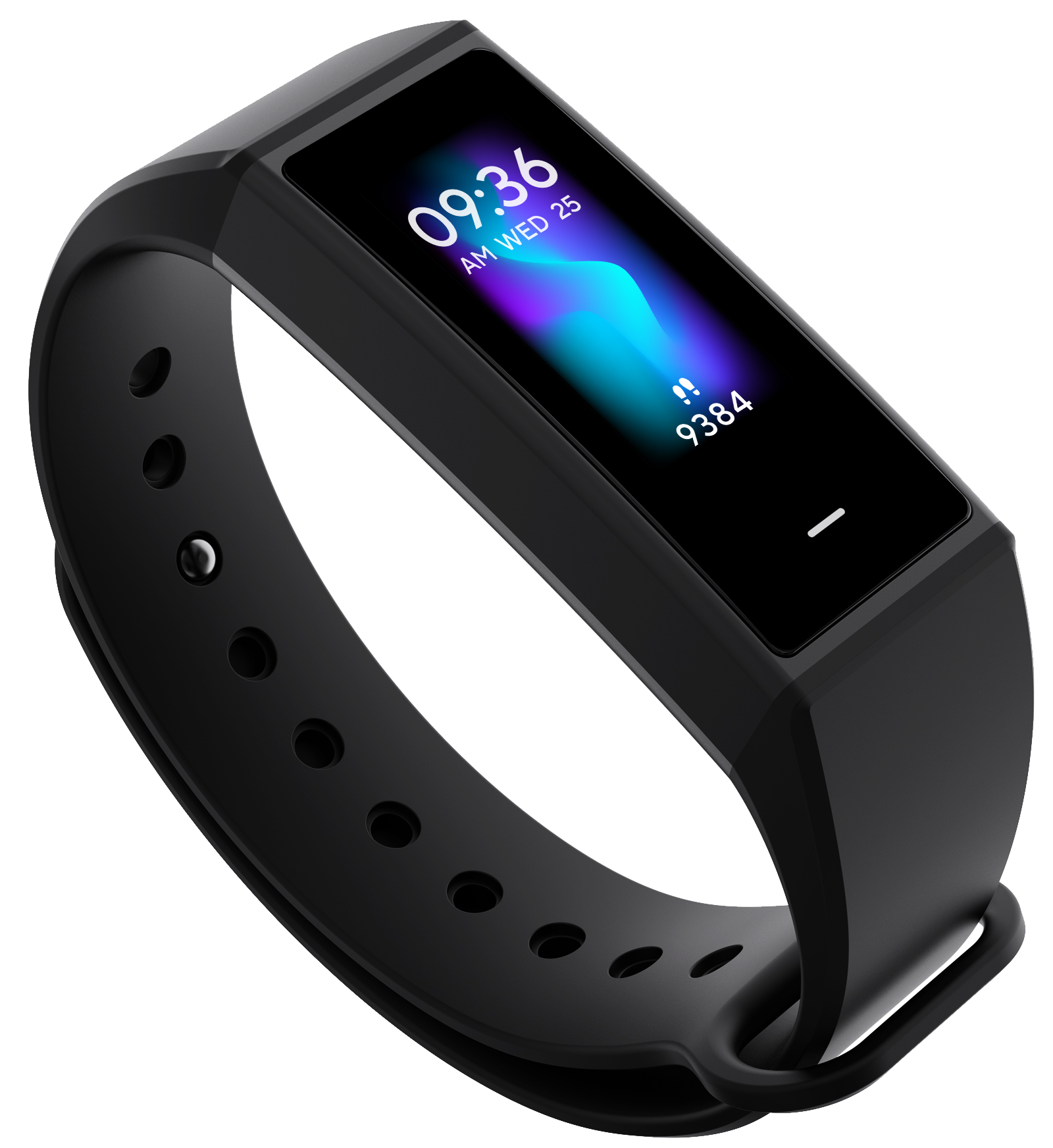
$30 at Amazon
The Wyze smart home choice
The Wyze band can measure your steps and sleep, track a run, or control your Wyze smart home with the tap or with Amazon's Alexa.
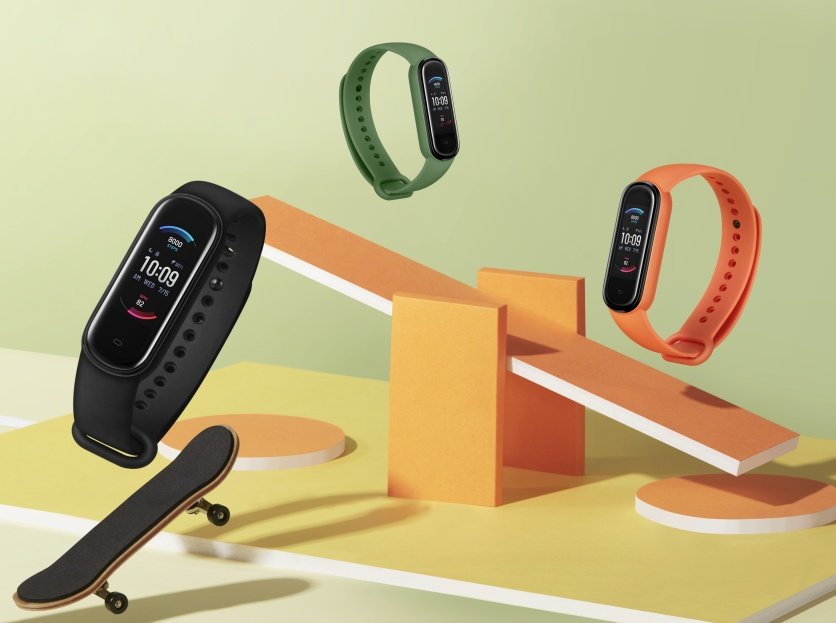
Amazfit Band 5
The best fitness tracker for beginners
Bottom line: Those who are just beginning their fitness-tracking journey may want to ease into it. The Amazfit Band 5 is a great way to go about that. You'll have activity/sleep tracking, heart-rate monitoring, female health-tracking, smartphone notifications, and more.
| Category |
Amazfit Band 5 |
| Display size |
1.1 inches color OLED |
| Replaceable bands |
🚫 |
| Weight |
12g |
| Battery life |
11-15 days |
| Voice Assistant |
Amazon Alexa |
| Water Resistance |
✔️ Splash-proof |
| GPS |
🚫 |
| NFC |
🚫 |
| Heart rate monitor |
✔️ |
| Automated workout-tracking |
🚫 |
| Health assessment system |
✔️ (Huami PAI) |
| Sleep tracking |
✔️ |
| Female health tracking |
✔️ |
| Colors |
Orange, Midnight Black |
Pros:
- Activity/sleep tracking
- Heart-rate monitoring
- Female health tracking
- Stellar battery life
Cons:
- Lacks built-in GPS
- No NFC for contactless payments
Amazfit has built a solid reputation for making quality Android smartwatches and fitness trackers at an affordable price point. So whether you want a full-fledged smartwatch like the GTS 2 or a more basic retro watch like the Neo, you're sure to find something suitable from this company.
The Band 5 has a similar name, look, and price to its rival Xiaomi, but Amazfit does have a few tricks up its sleeve to differentiate it from the low-priced competition. For starters, this is one of the only pure fitness trackers to have built-in Amazon Alexa integration, the others being the Fitbit Versa 2 and 3 and the Wyze Band. The other important feature of the Amazfit Band 5 is its innovative PAI health assessment system. Using data from the heart rate monitor, daily activity tracking, and other health metrics, the Amazfit Band 5 can easily understand your overall health and fitness score. This can help you to make adjustments and decisions to improve your health and improve your life!
The Amazfit Band 5 also includes table-stakes features like a heart rate monitor and accelerometer for step tracking. Still, unlike many affordable bands, this one can also handle female health tracking and SpO2 monitoring. For this price, you're not going to find a better starter band than this one.
Best fitness tracker for beginners
Amazfit Band 5 Fitness Tracker

$35 at Amazon $35 at B&H
For those who are new to fitness tracking
The Amazfit Band 5 is a great introductory fitness tracker that can measure SpO2, women's health, steps, sleep, heart-rate monitoring, and more.
How to pick the best fitness tracker
When it comes right down to it, the Fitbit Charge 5 takes the top spot on our list for various reasons. For starters, the number of features you receive is simply unmatched. You'll have a full week of battery life, NFC support for contactless payments, built-in GPS so you can leave your phone behind on a workout, heart-rate monitoring, convenient music controls, sleep tracking, and much more. Let's not forget about the new ECG and EDA sensors that dive deeper into your overall health.
While there might be some drawbacks to the Charge 5's smaller display, it's much easier and fun to use now that you get a color AMOLED touchscreen. These concerns certainly don't hold a candle to the slew of features, though. You can track every step taken, floor climbed, and lap swam. You can do all this while controlling your Spotify playlist, checking notifications, monitoring your heart rate, and tracking your blood oxygen levels.
If you're looking for the best fitness tracker for your needs, you may find yourself stuck in one of those infamous internet black holes. How do you know which activity tracker has the features you want at a price you can afford—and won't feel like you've strapped a brick to your wrist?
If you're starting your search, here are a few tips to help you decide which fitness tracker is best for you:
1. Start with price
Depending on which features you want, your new fitness tracker could be surprisingly affordable, or it could end up setting you back quite a bit. (Yeah, we eyed a smartwatch that was nearing the quadruple digits for a good 30 seconds before our conscience brought us back to reality).
Of course, you should still be cautious about buying anything that's dirt cheap. Unfortunately, most cheap fitness trackers are just that: cheap. Even less costly models by well-known brands like Fitbit won't come with a full display, so you'll need to swap to the app to get all the details on your latest workout.
2. Decide on features
Narrow down your search by deciding which features you need. For example, if your primary goal is to track your steps as you stroll around the neighborhood, you probably won't need a heart rate monitor or GPS.
But if you're using your tracker to keep tabs on calories burned, heart rate, and miles traveled while you hit the trail on your mountain bike, you'll want both a heart rate monitor and GPS.
And if you plan on wearing your tracker while you swim laps in the pool, you'll want to pay attention to the waterproof rating. And make sure the model you pick out tracks swimming.
3. Look at the wristband
If you're blessed with average-sized wrists, wristband fit likely isn't an issue for you. But if your wrists are on the slimmer or thicker side, you'll want to pay attention to the bands that come with fitness trackers.
Brands like Fitbit typically offer fitness trackers in different sizes ranging from small/medium to large. Others offer adjustable bands that provide a snug fit for wrists of all sizes.
Another thing to note about the wristbands is the strap style. Is it a traditional watch-style strap with a buckle? Or does it simply "button" together? The button style sometimes feels less secure, especially if we're tackling three-point rows and deadlifts at the gym.
Luckily, most fitness trackers come with band replacements. This lets you upgrade the material, color, and fit if you like. We're all about having choices.
4. Consider style
Are you content with a fitness tracker that looks like a fitness tracker? Or do you prefer something that looks like a traditional watch?
Activity trackers come in all shapes and sizes, so you can go as simple or fancy, modern or traditional, as you like.
If you're looking for a smartwatch that could fool a coworker into thinking it's an actual watch, we're impressed by the design of the Fitbit Versa 3. If you're not ready for a full-blown smartwatch, but you still want something on the stylish side, the Fitbit Charge 5 or Luxe may be calling your name. On the other hand, if you're looking for something simple, the Fitbit Inspire 2 and Luxe are slim and uncomplicated.
5. Don't forget about the apps
Our favorite fitness tracker app is Fitbit, hands down. It's user-friendly and offers a full range of features. It even has menstrual cycle tracking, which we've never seen on any other fitness tracker apps.
The Fitbit app integrates well with many popular third-party apps for a more robust tracking system that meets your needs. Here are some of our favorites:
Top 5 health and wellness apps:
- MyFitnessPal
- Calm
- C25K
- Headspace
- Strava
How do fitness trackers work?
Each fitness tracker works slightly differently, but some sensors and technology are relatively common across them all, like altimeters, accelerometers, and optical sensors. Here's some of the technology you may stumble upon if you break into your fitness watch.
- 3-axis accelerometer — This measures your movements in every direction and helps track those steps.
- Gyroscope — This gets a read on your orientation and rotation as you move. Now it's time for some split squats!
- Altimeter — Whether you're tracking your hike up the mountain or climbing stairs on your work break, this keeps track of your altitude.
- Optical sensors — These shine light into your capillaries to measure how quickly or slowly your blood is pumping to give you an idea of your current heart rate.
- Actigraphy — Ever wondered how activity trackers monitor your sleep? Actigraphy identifies your sleep patterns by tracking your activity and rest cycles, then gives you an idea of how much you tossed and turned last night.
- GPS — The GPS receiver collects data from different satellites to calculate your position as a set of coordinates. This lets you track your terrain and distance after a trail run or day on the slopes.
Of course, not all fitness trackers are created equal when it comes to their sensors' accuracy. For the most part, actigraphy isn't as accurate as measuring your sleep cycle in a lab, and optical sensors aren't as precise as bioimpedance sensors when it comes to monitoring your heart rate.
What are the best fitness watches for large wrists?
When you're shopping for a fitness tracker, it's important to keep size in mind. Luckily, most bands are adjustable to fit your wrist without an issue. However, if you have a particularly large wrist circumference, you'll want to keep an eye out for options that'll work for you.
Out of our list of 10 top fitness trackers, here's what we recommend for large wrists:
3 best fitness watches for large wrists
- Fitbit Charge 5 - The large size sport band can fit bigger wrists between 6.7 to 8.3 inches in circumference.
- Fitbit Charge 4 — The large size band will fit comfortably on larger wrists that range from 7.1 to 8.7 inches in circumference.
- Fitbit Versa 3 —While the Versa couldn't look more different than the Charge 4, it can also fit 7.1 to 8.7 inches.
- Xiaomi Mi Band 6 —This may not be the biggest tracker on the market, but it can still accommodate wrists from 6.1 to 8.6 inches.
What are the best fitness trackers for small wrists?
If you've got an especially dainty wrist, finding the right fit can be even more challenging. The last thing you want is for your tracker to be sliding around as you go about your day.
So what should you do? We think these activity trackers fit like a glove—er, watch:
3 best fitness trackers for small wrists
- Garmin Vivosmart 4 —The small/medium band can fit wrists as small as 4.8 inches and as large as 7.4 inches. Now, that's impressive.
- Fitbit Inspire 2 — This tracker is lightweight and compact. Did we mention it can fit wrists that measure between 5.5 and 8.7 inches?
Now that you've found your fitness tracker match, you're one step closer to running laps around your goals. #YouCanDoIt
Credits — The team that worked on this guide

Courtney Lynch is a freelance writer at Android Central. She's obsessed with all things health, fitness, and music. At any given time, she can be found checking out the latest and greatest gadgets while simultaneously petting her dog and sipping iced coffee.

Joe Maring was Android Central's News Editor for several years and has loved anything with a screen and CPU since he can remember. He's been talking/writing about Android in one form or another since 2012 and often does so while camping out at the nearest coffee shop.

Jeramy Johnson is proud to help Keep Austin Weird and loves hiking in the hill country of central Texas with a breakfast taco in each hand. When he's not writing about smart home gadgets and wearables, he's defending his relationship with his smart voice assistants to his family. You can follow him on Twitter at @jeramyutgw.
